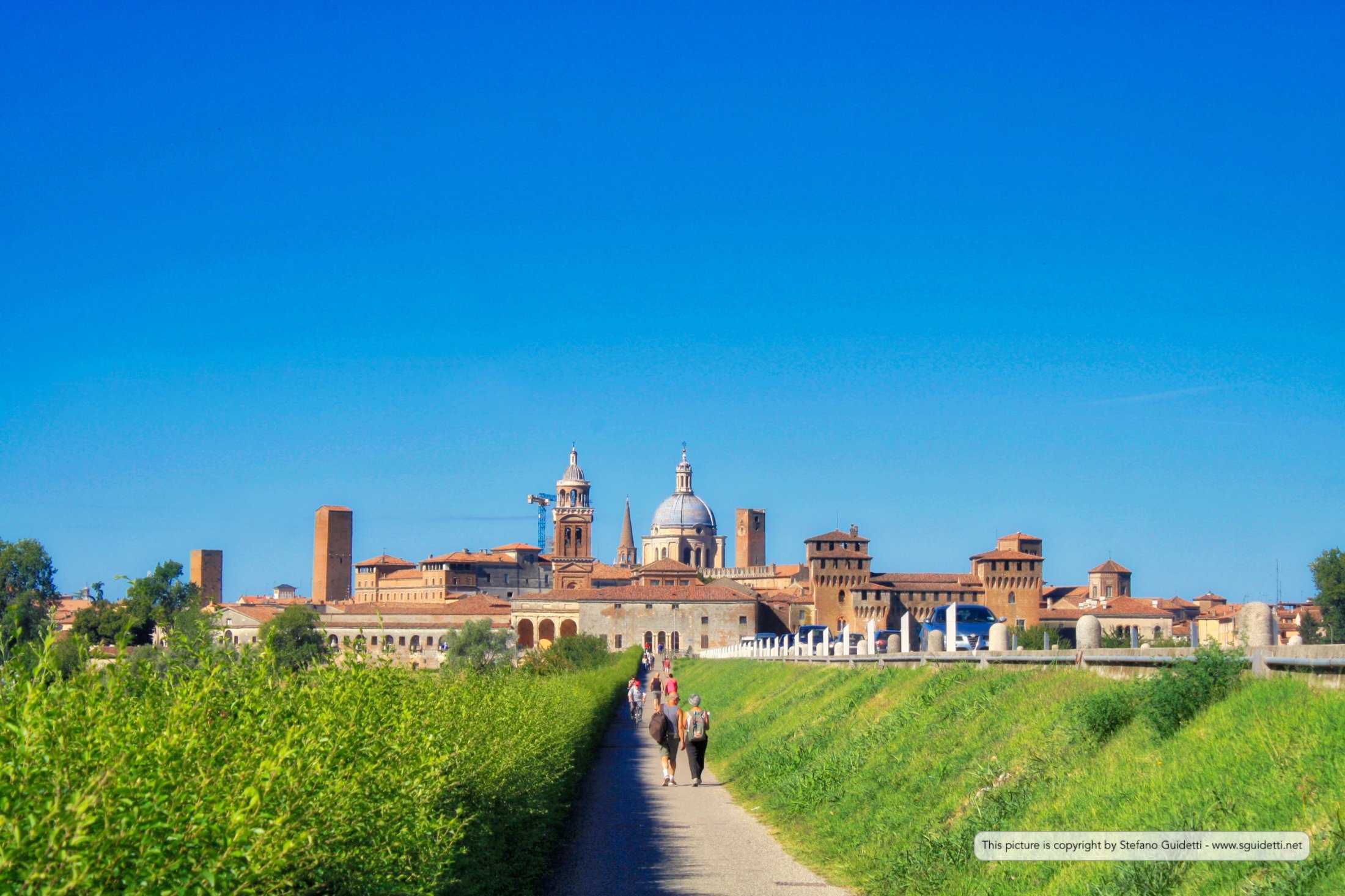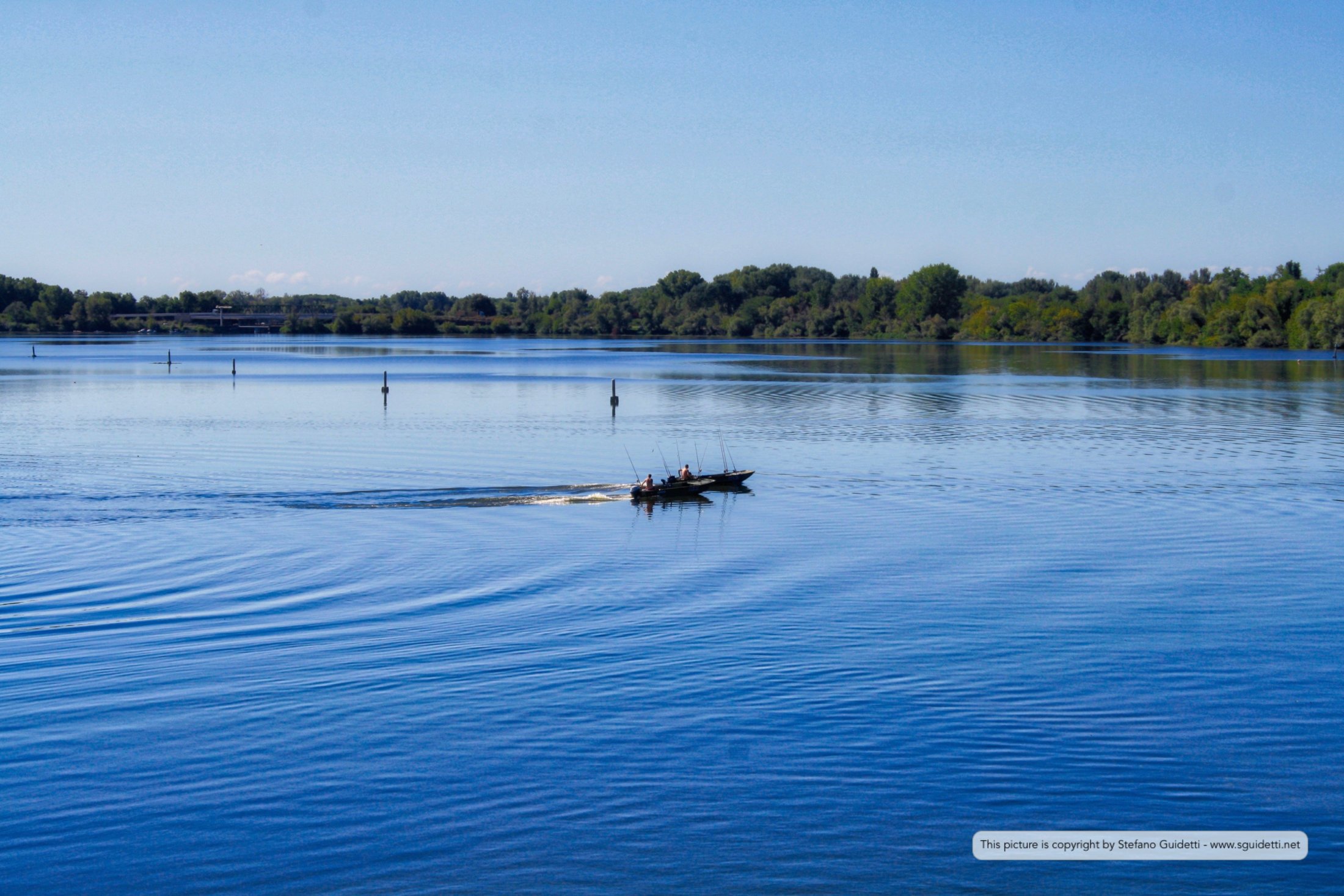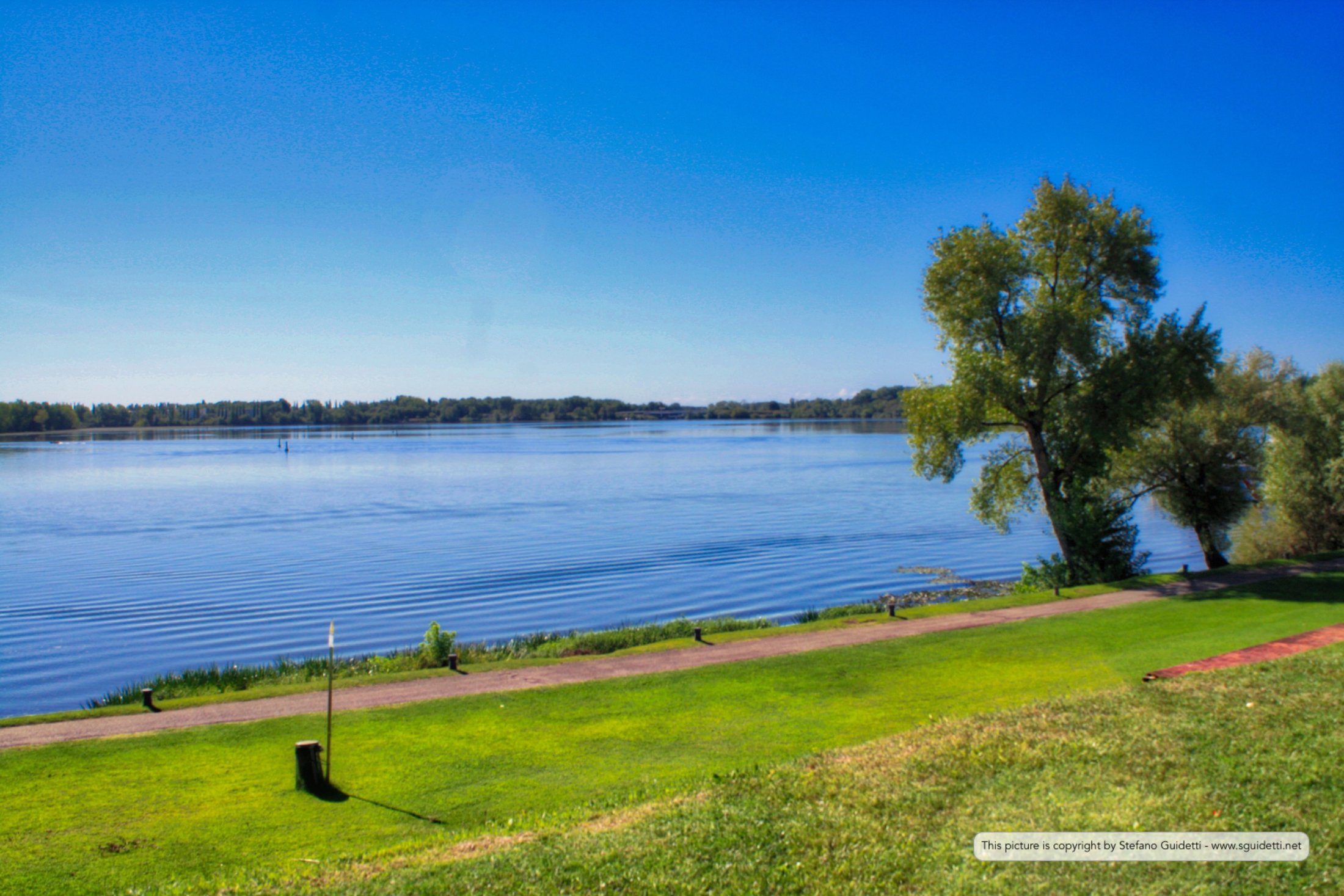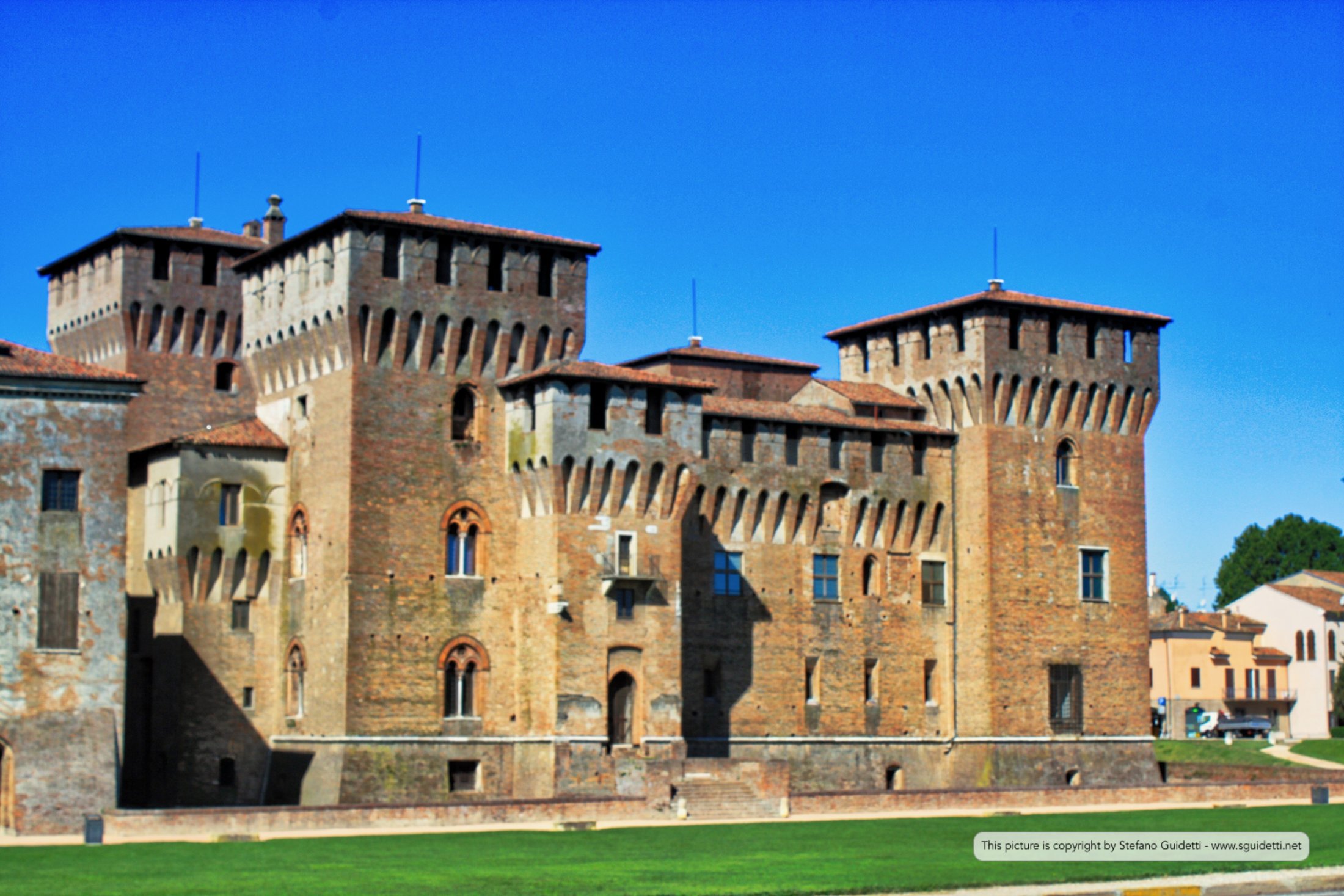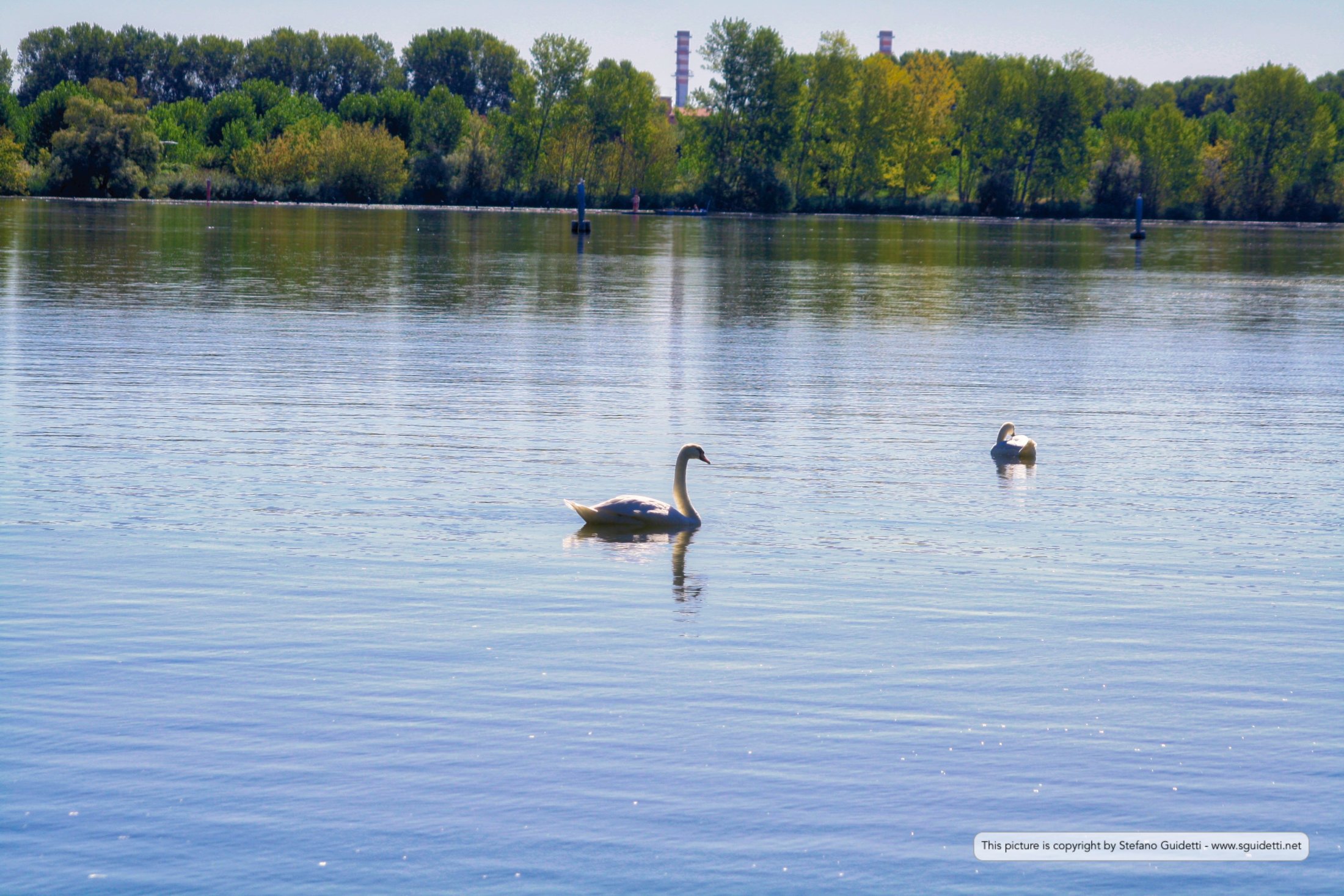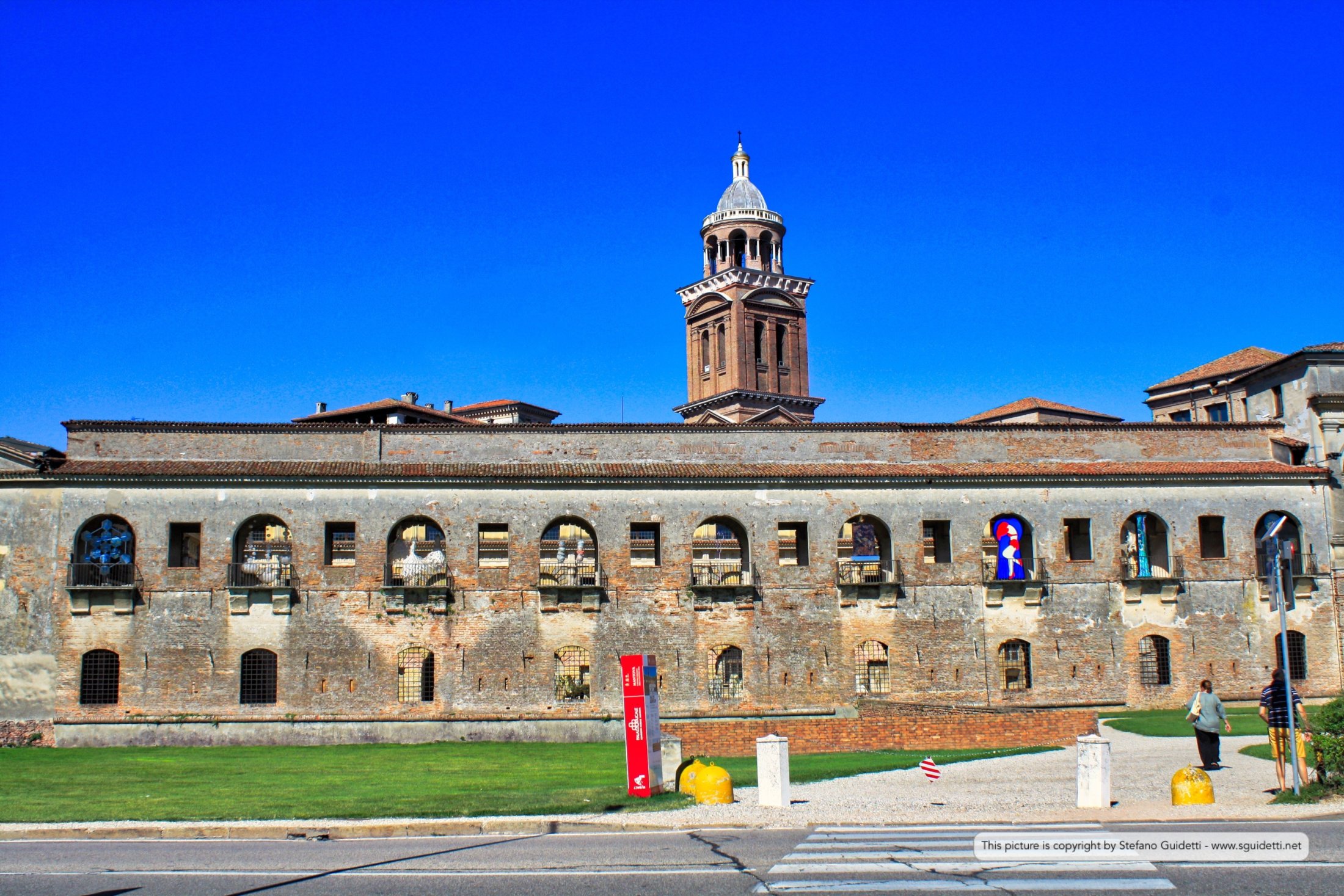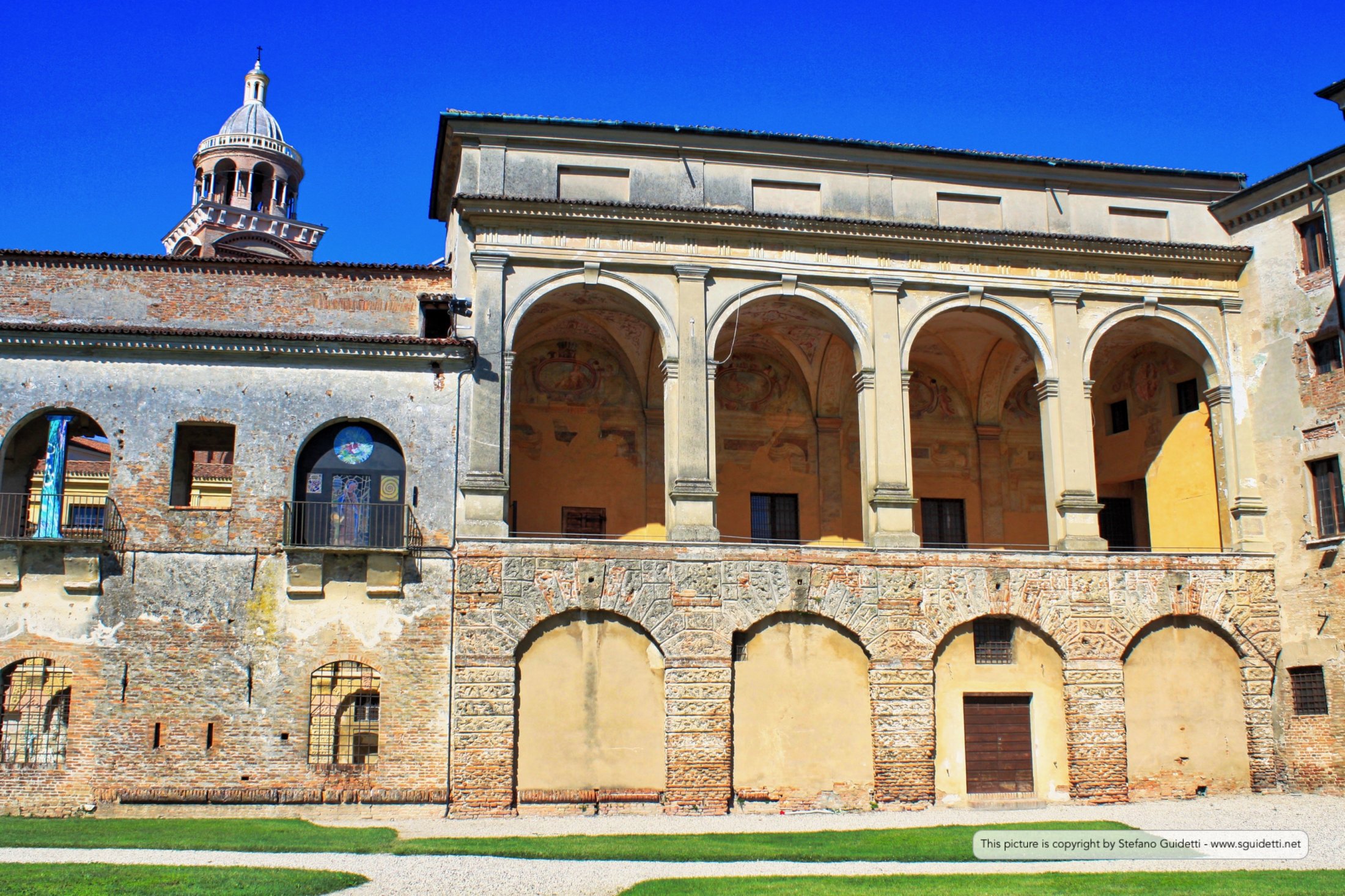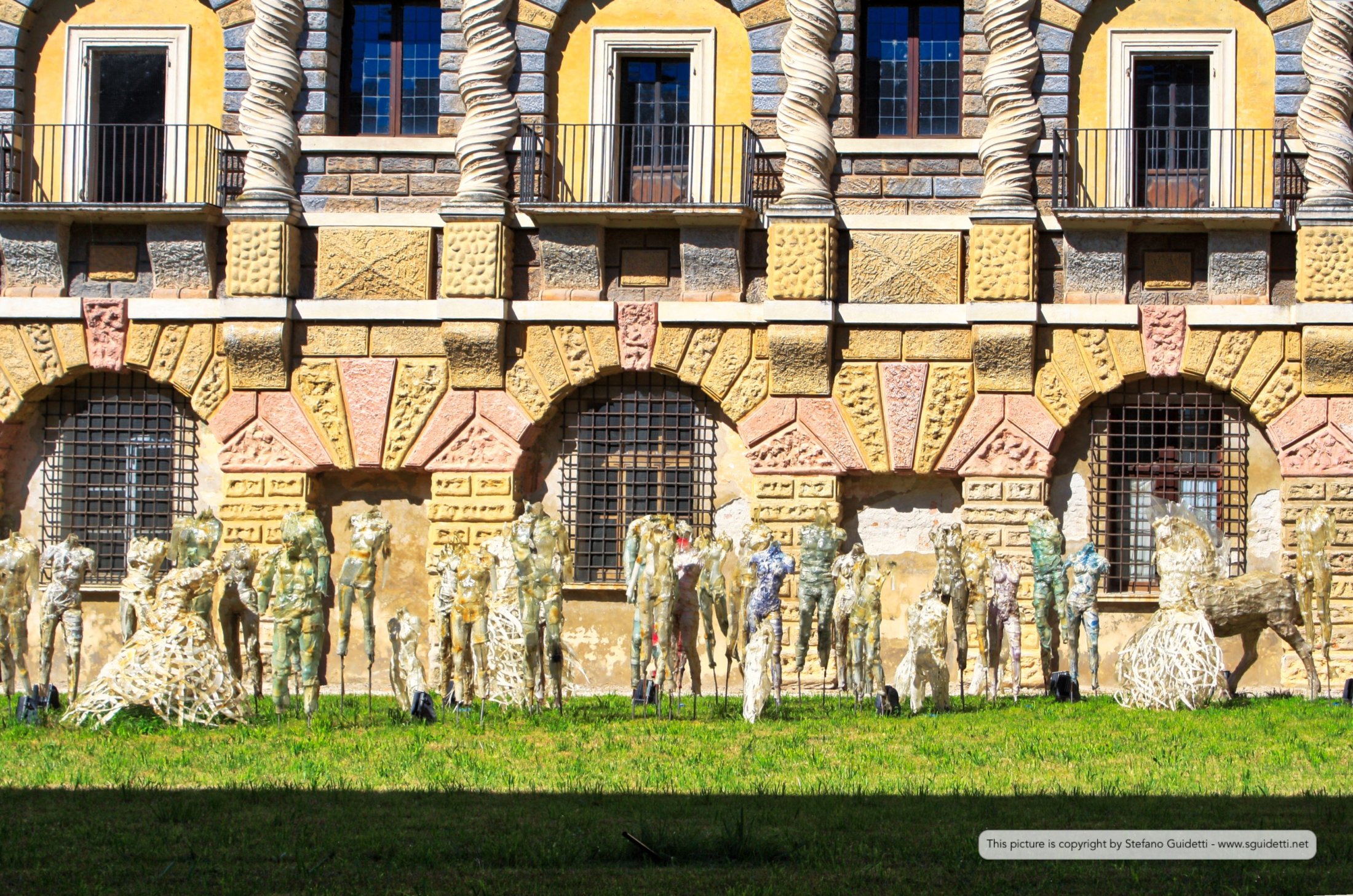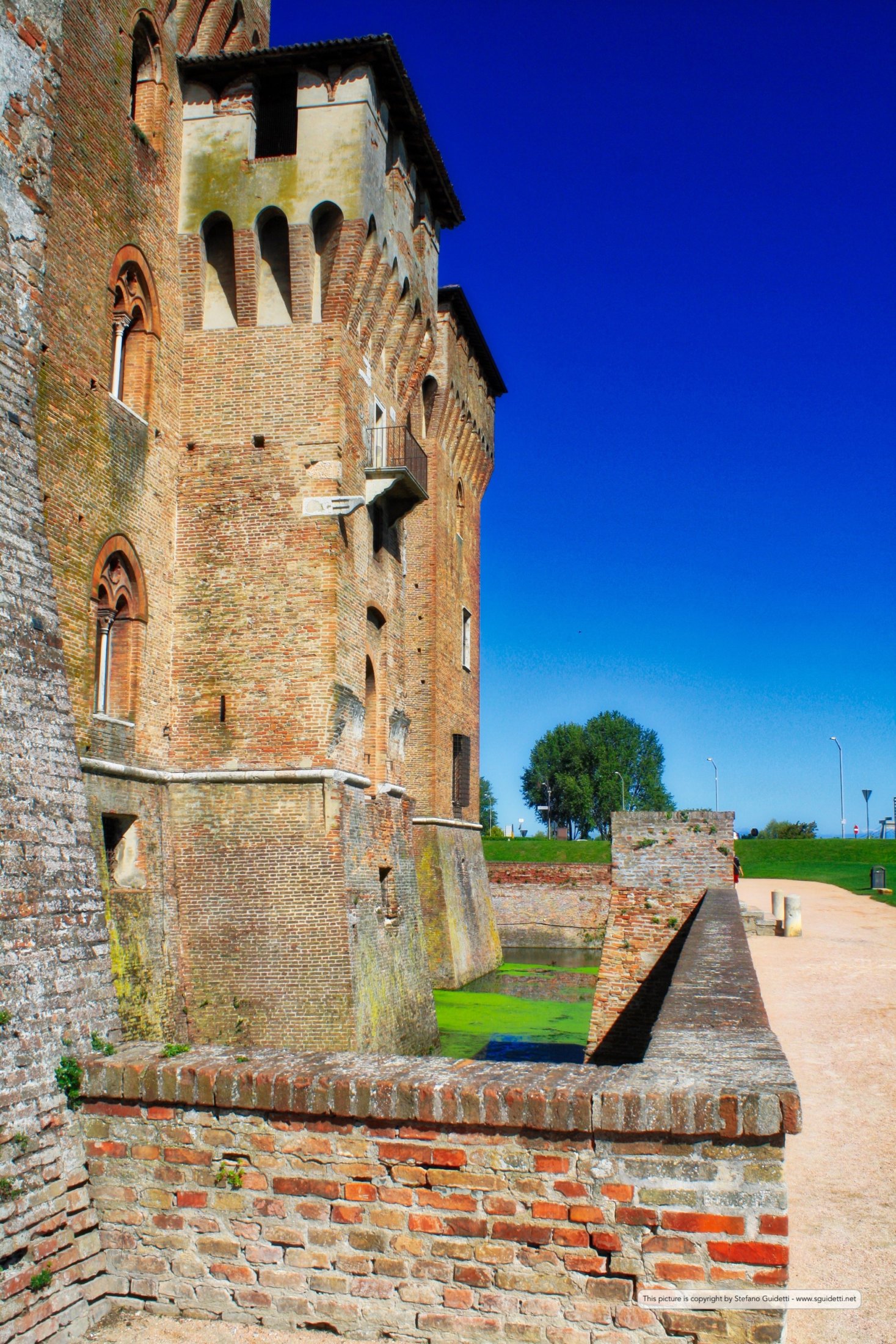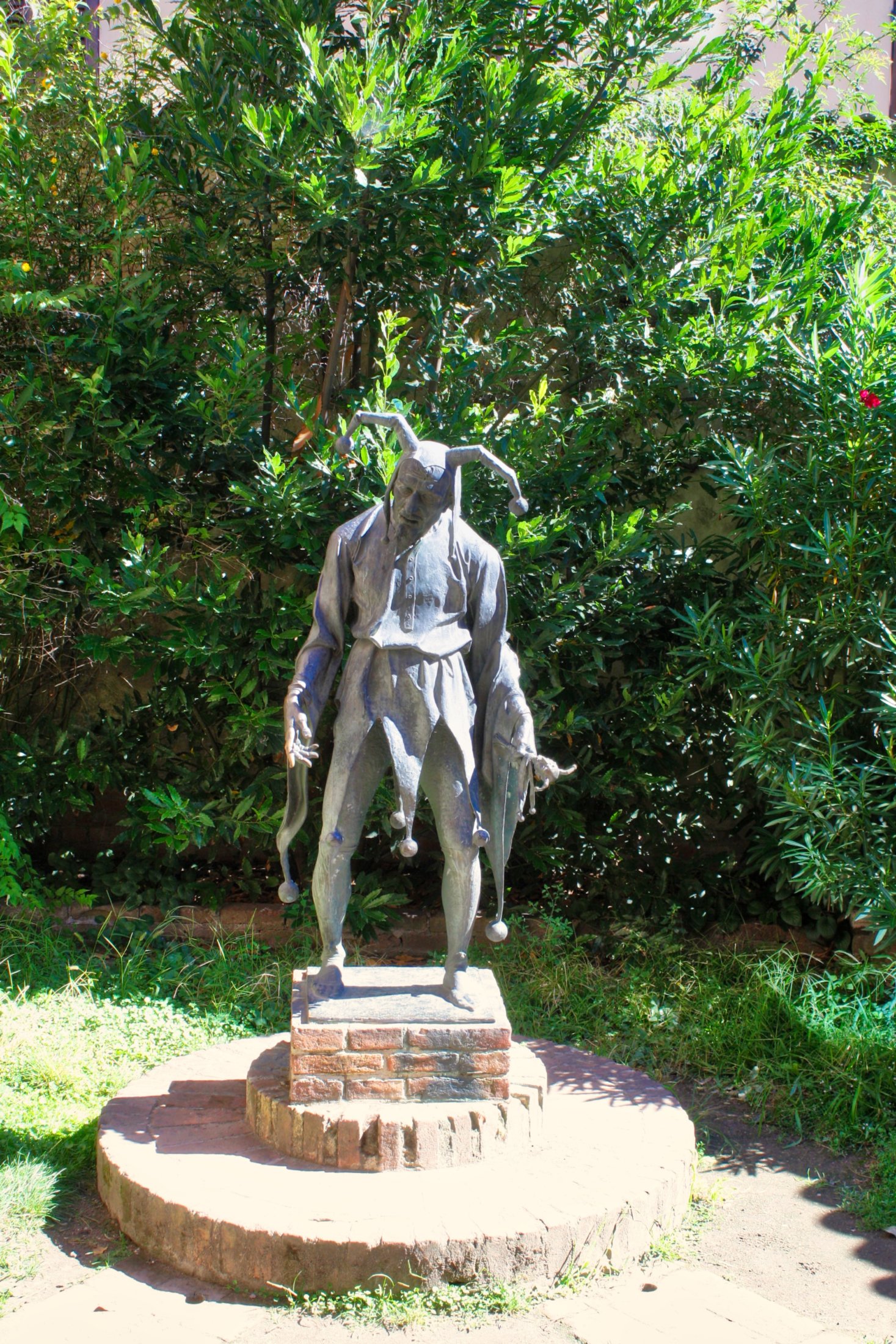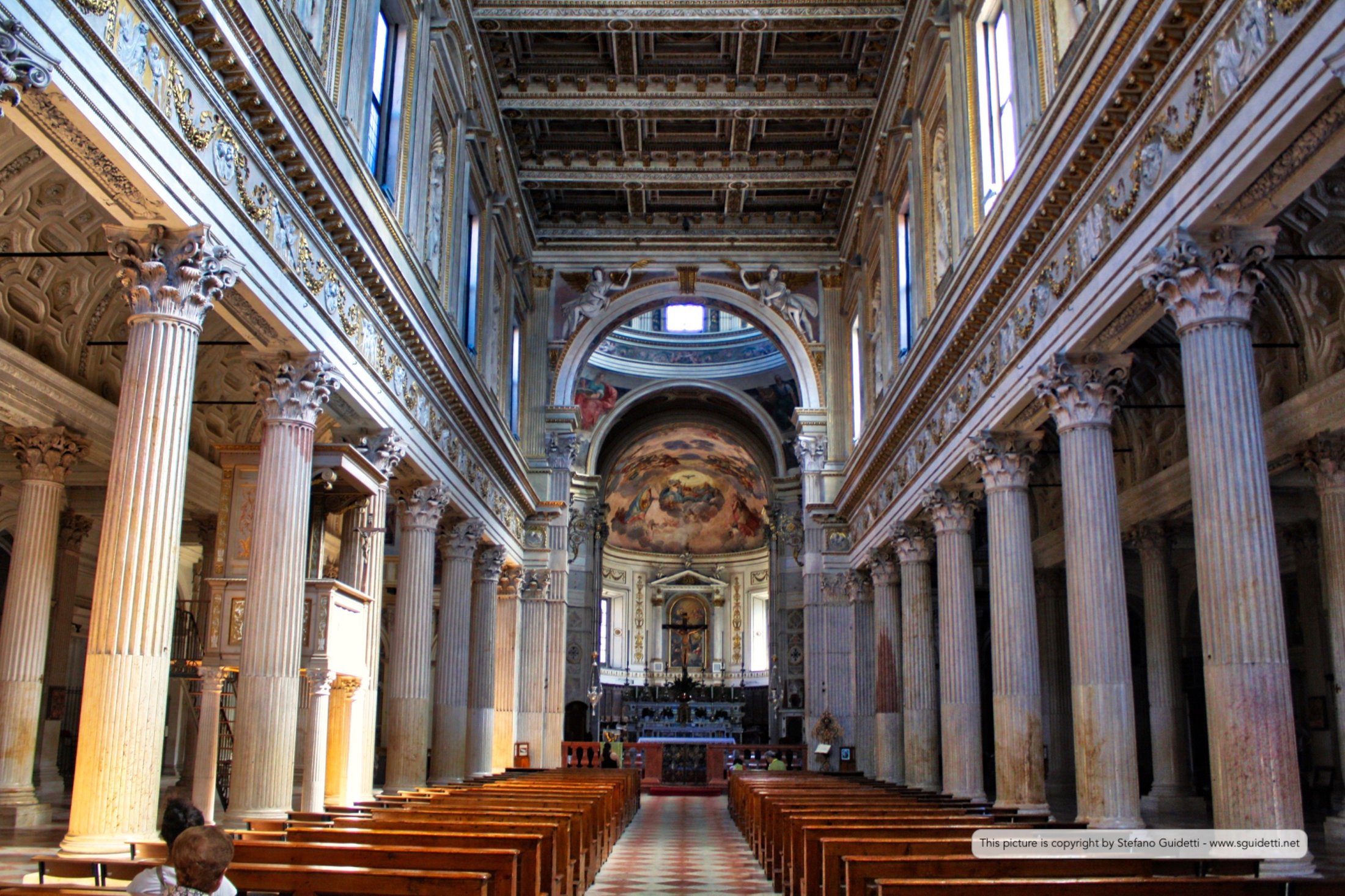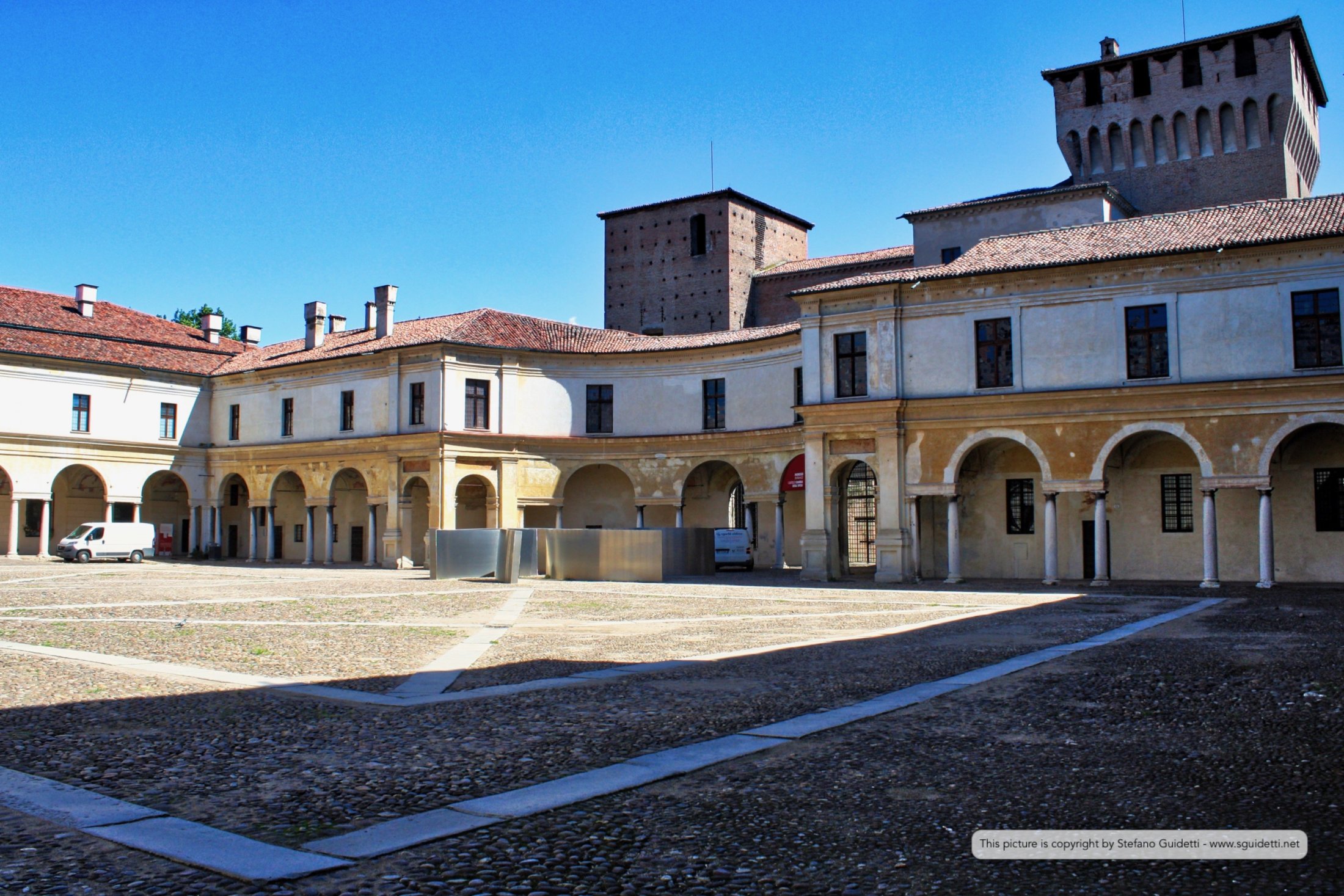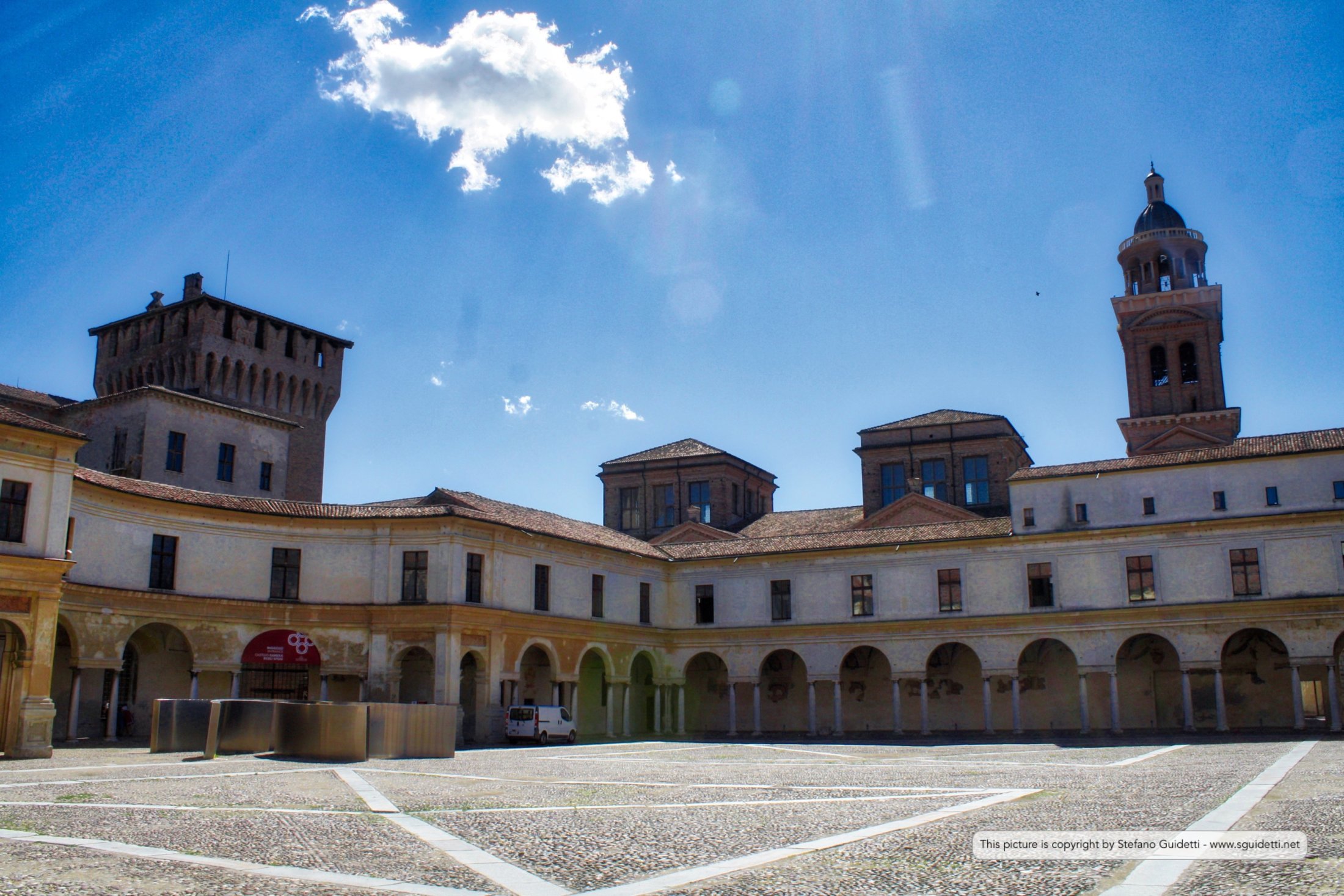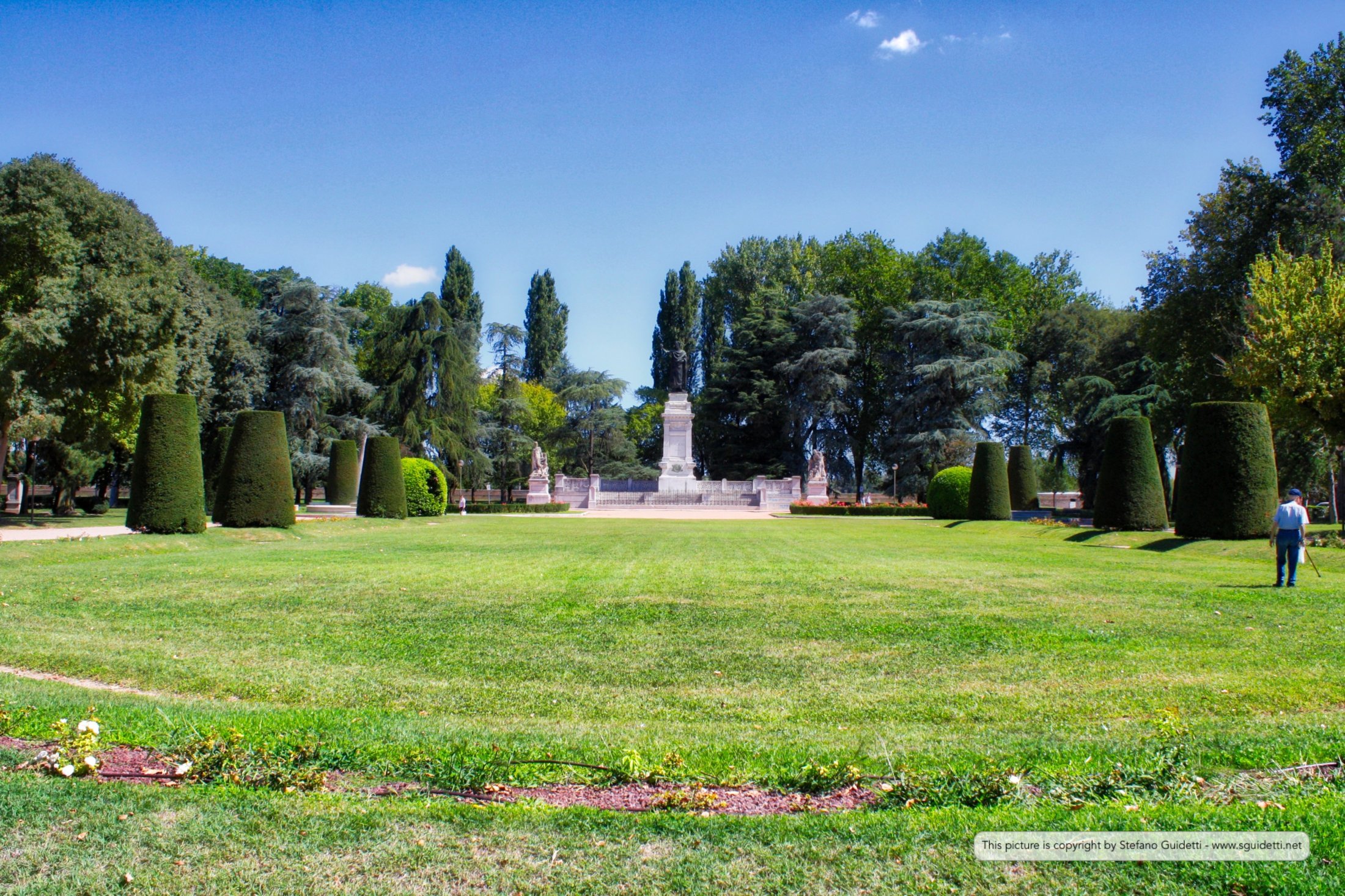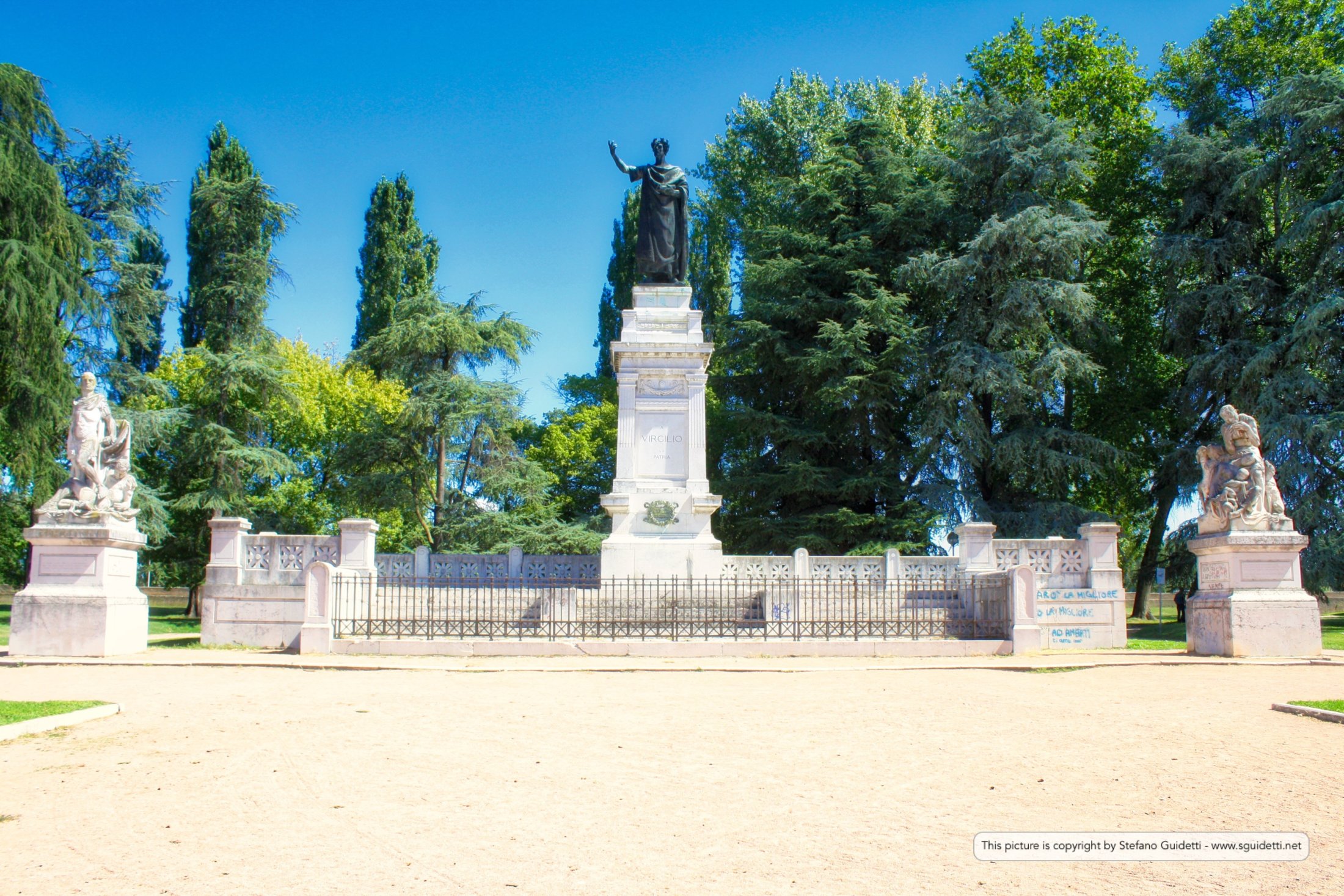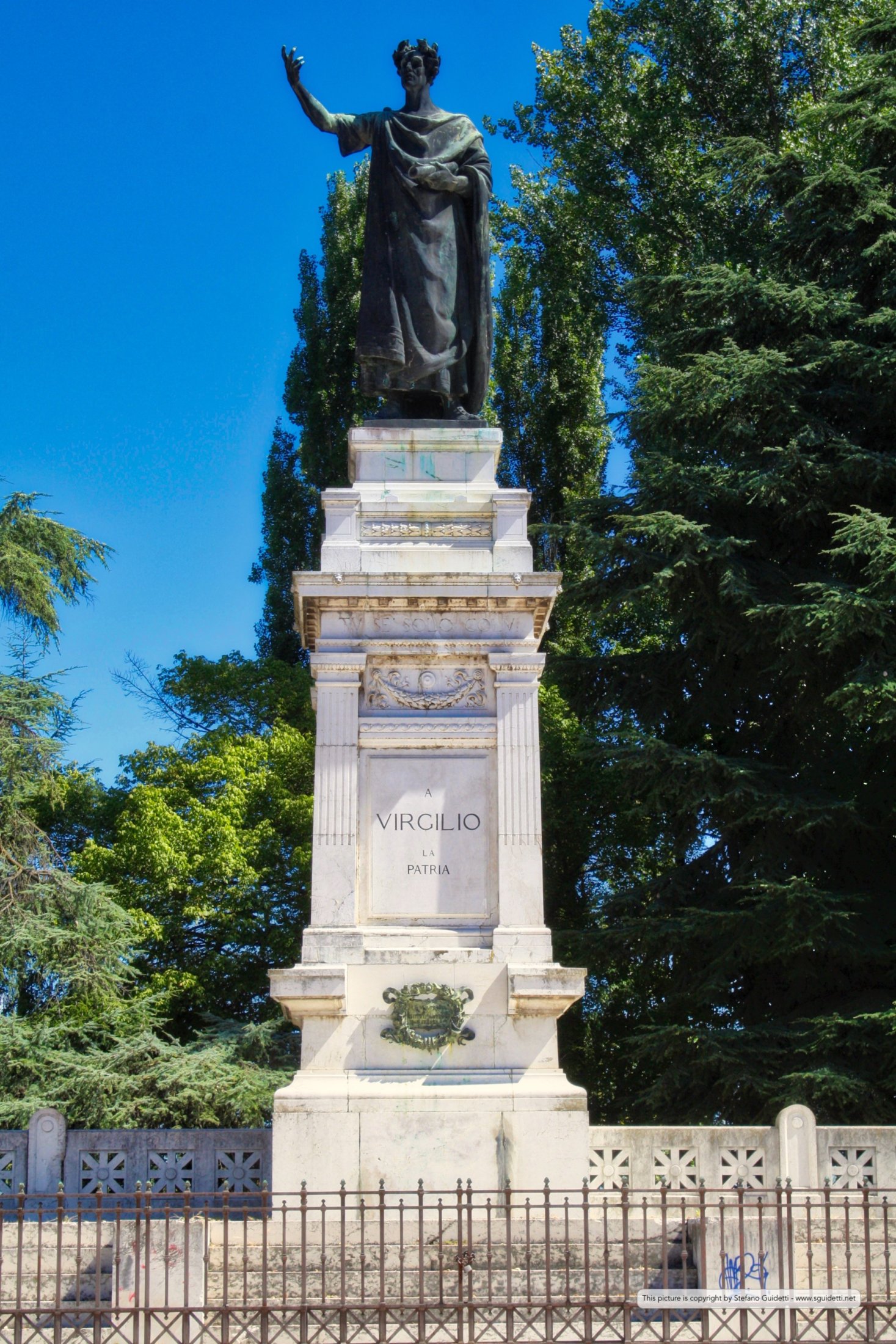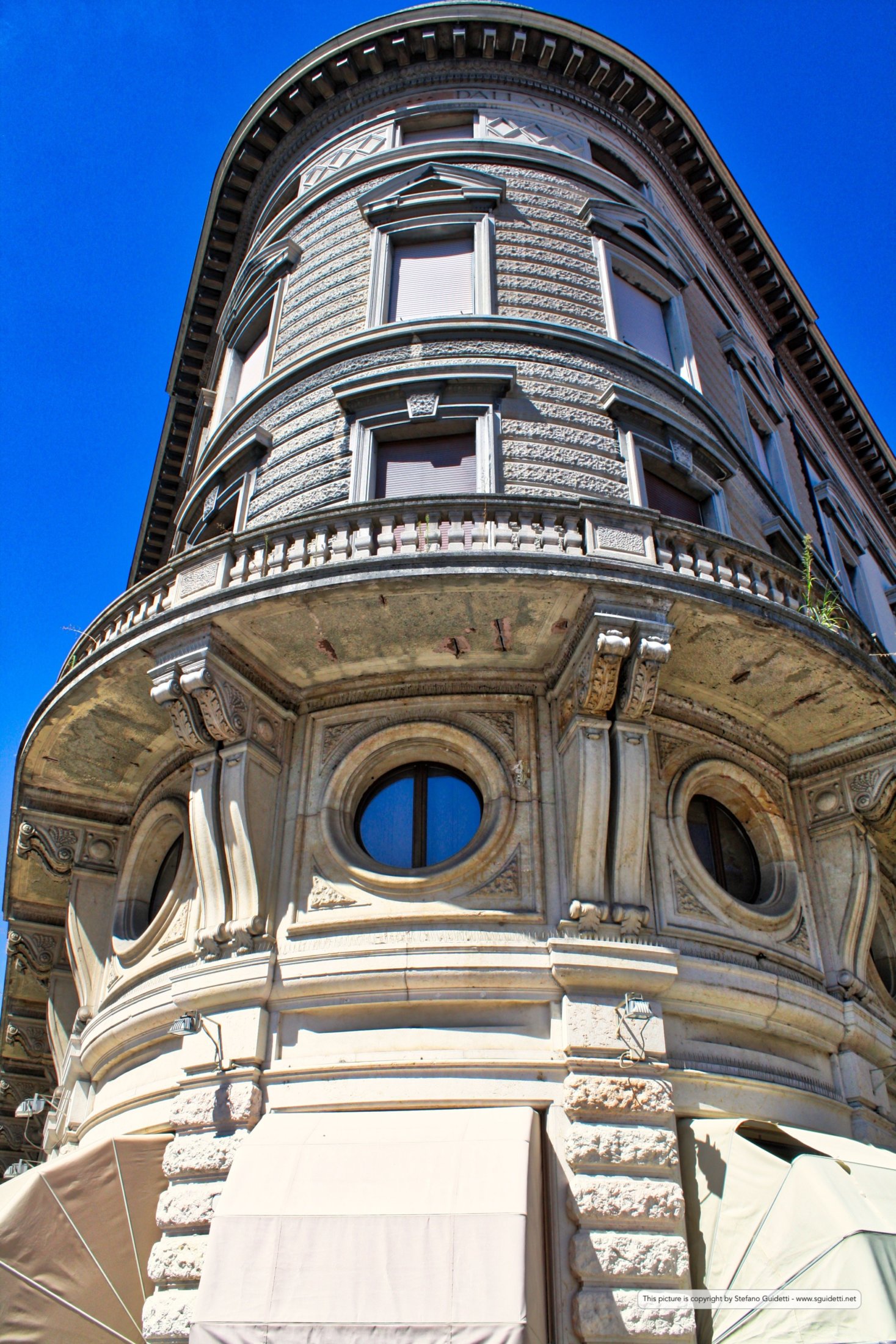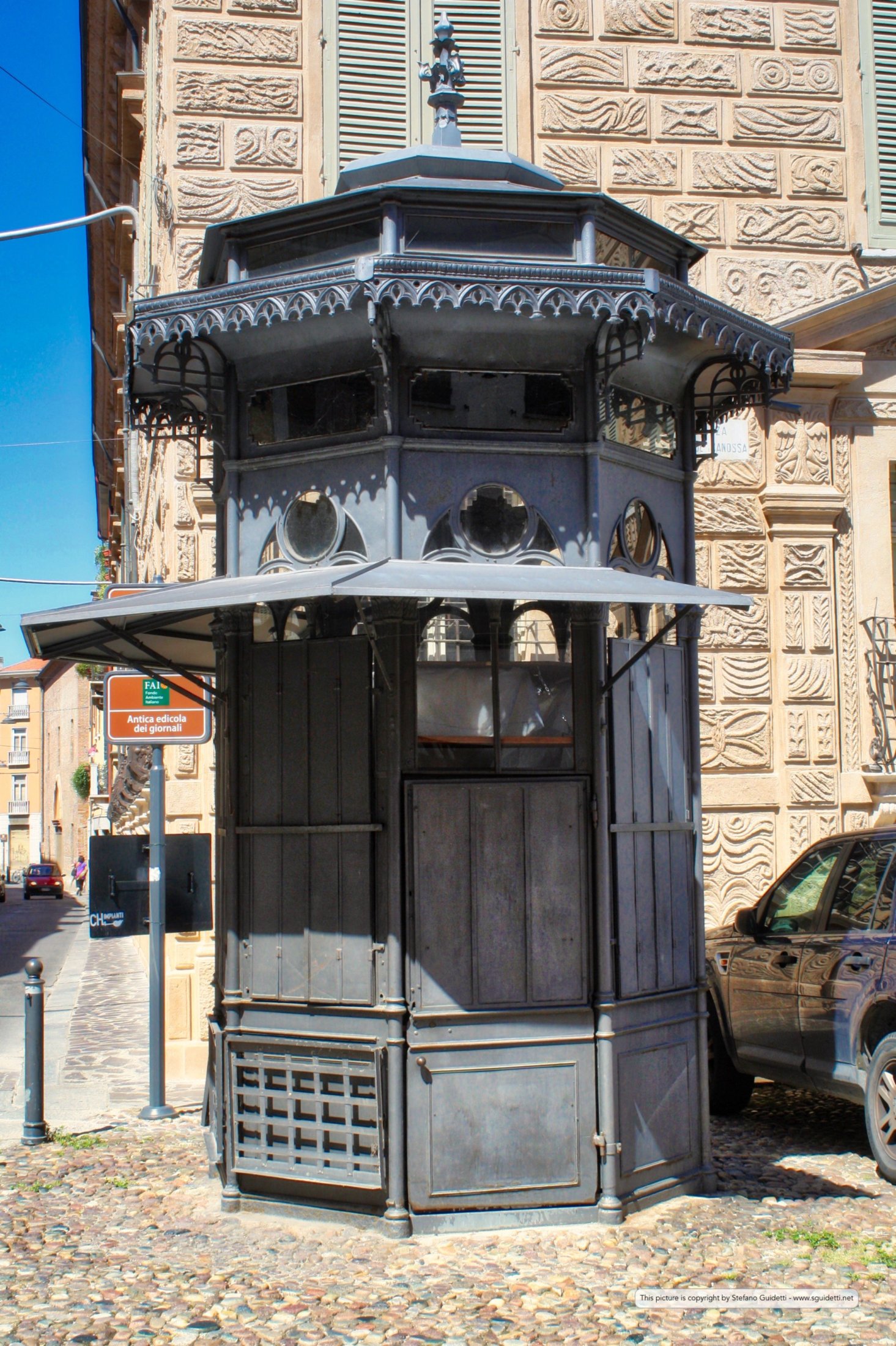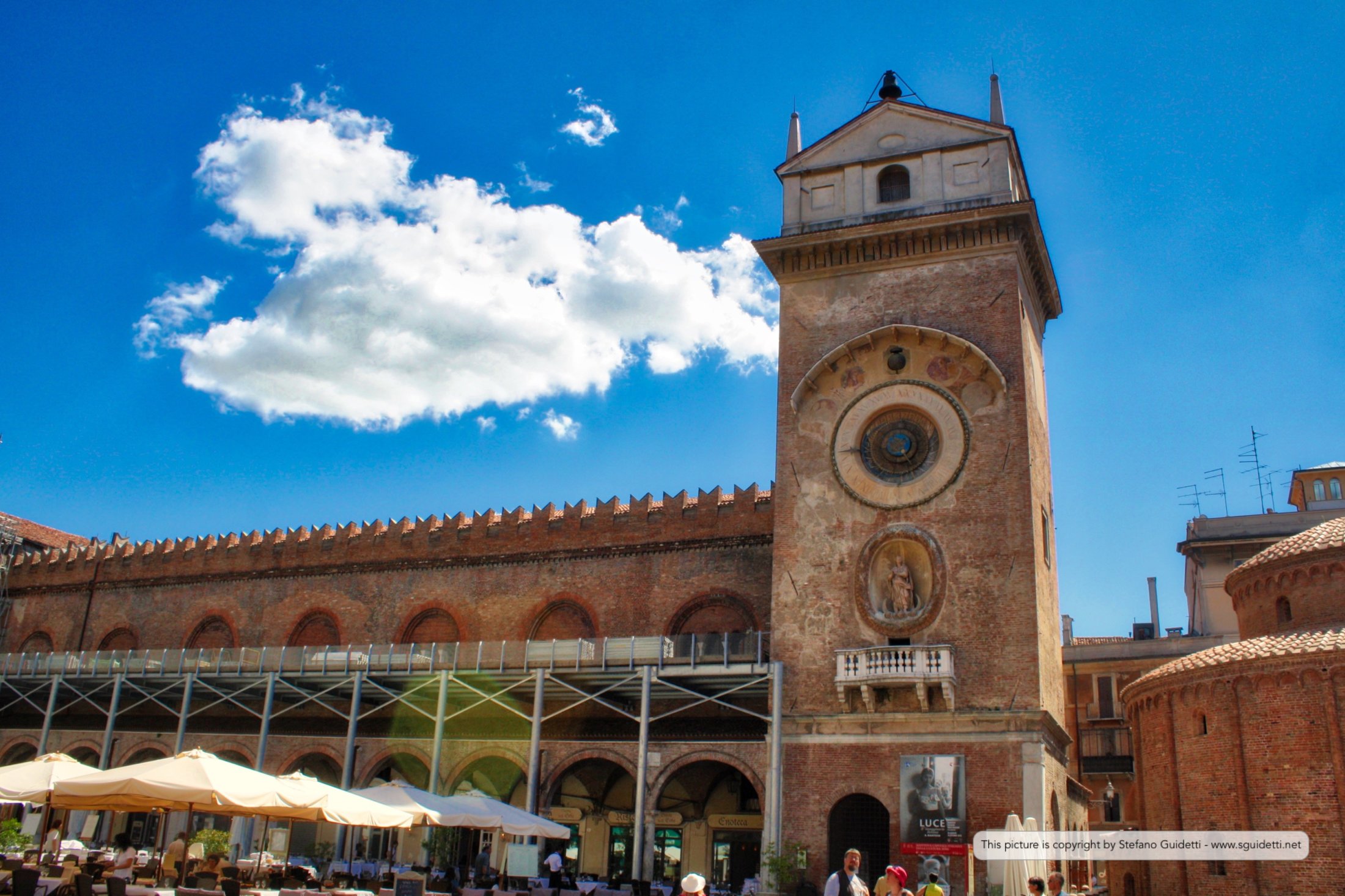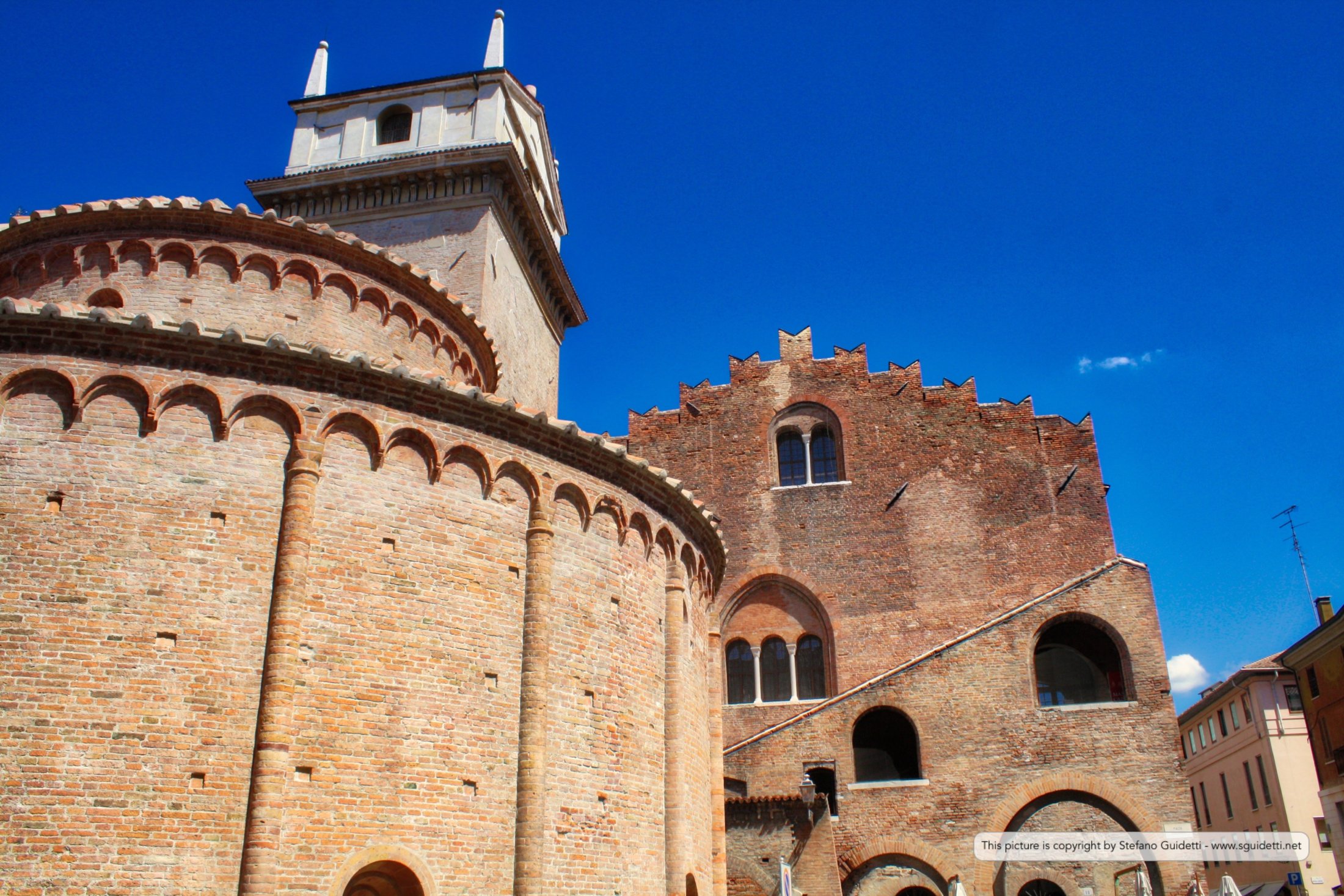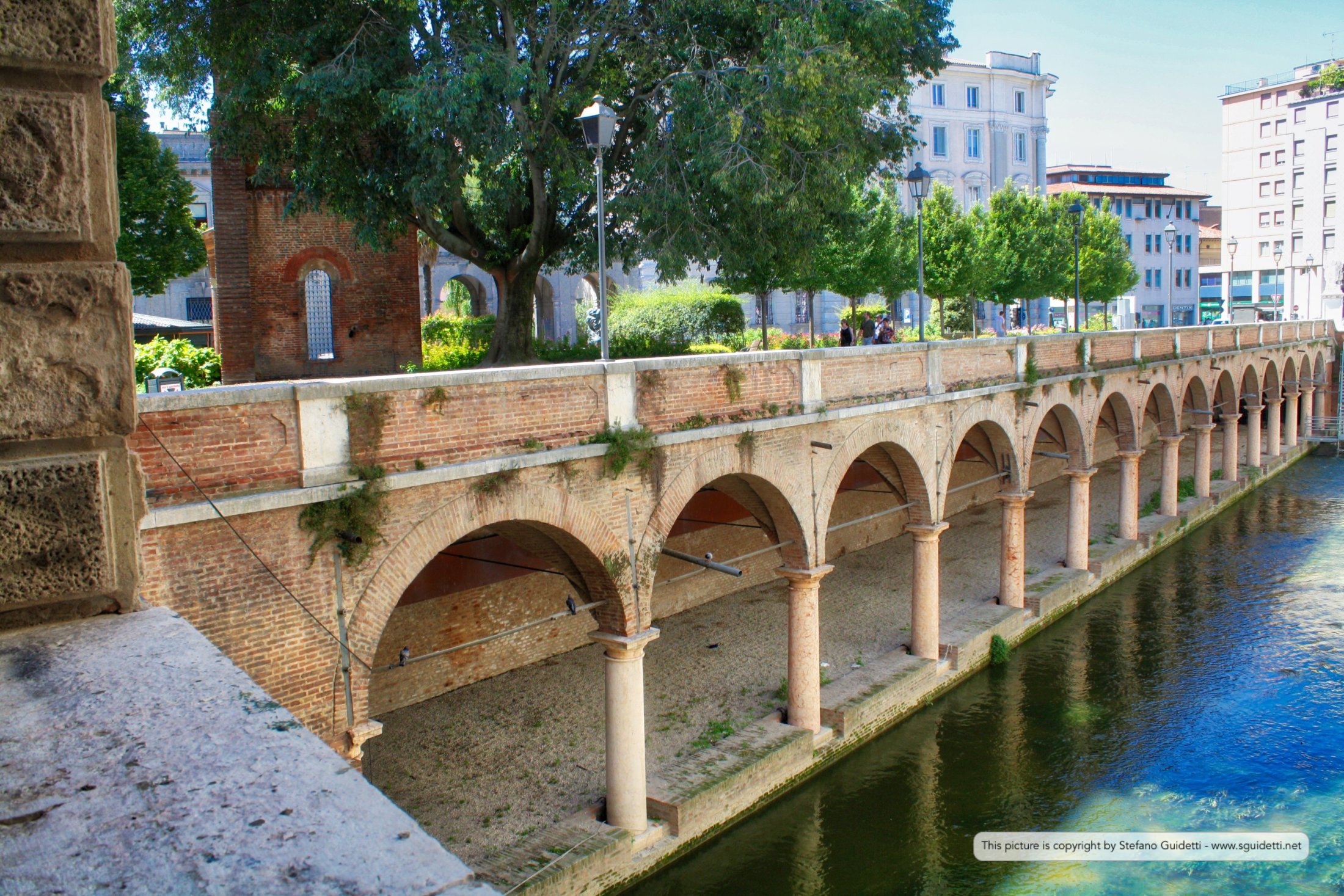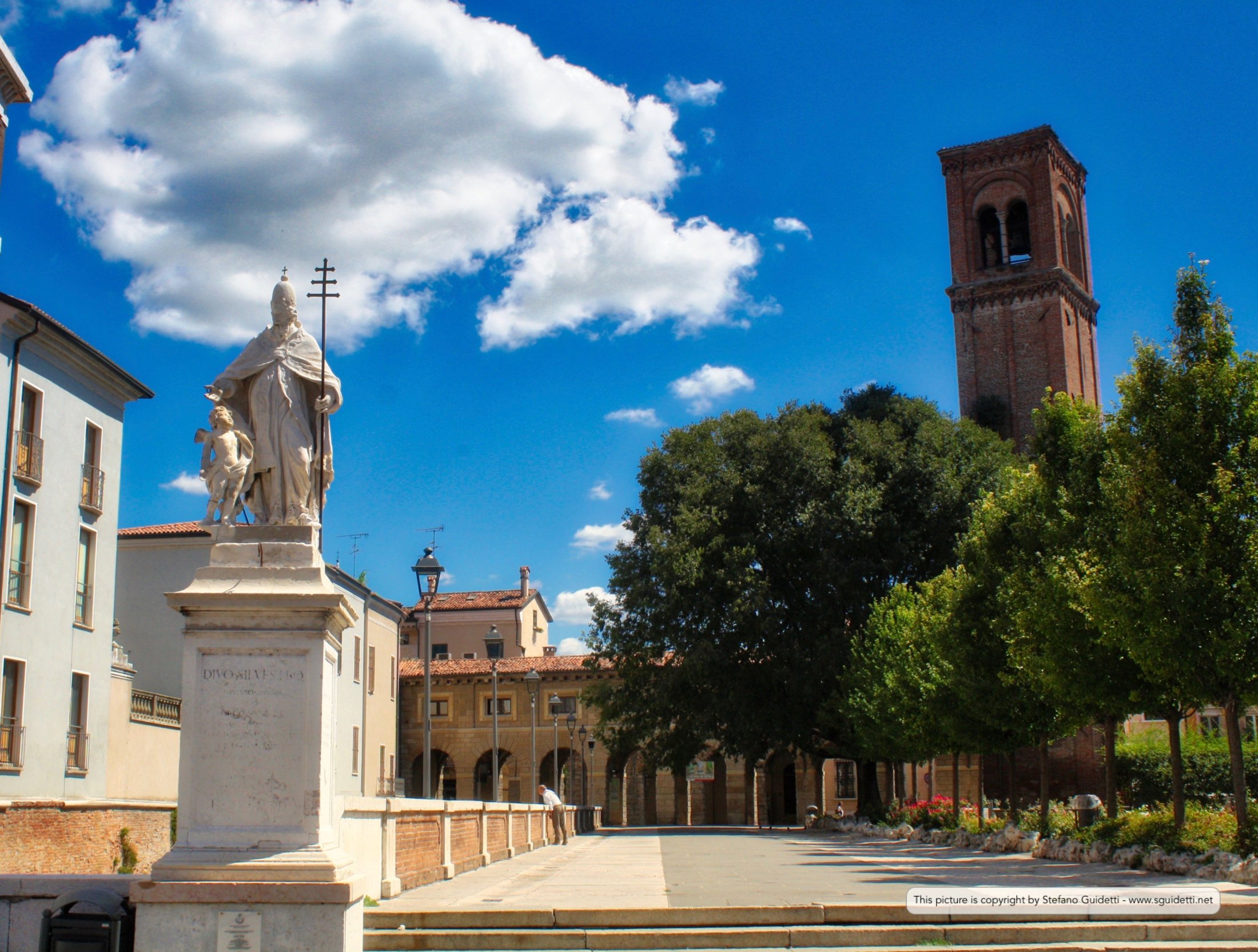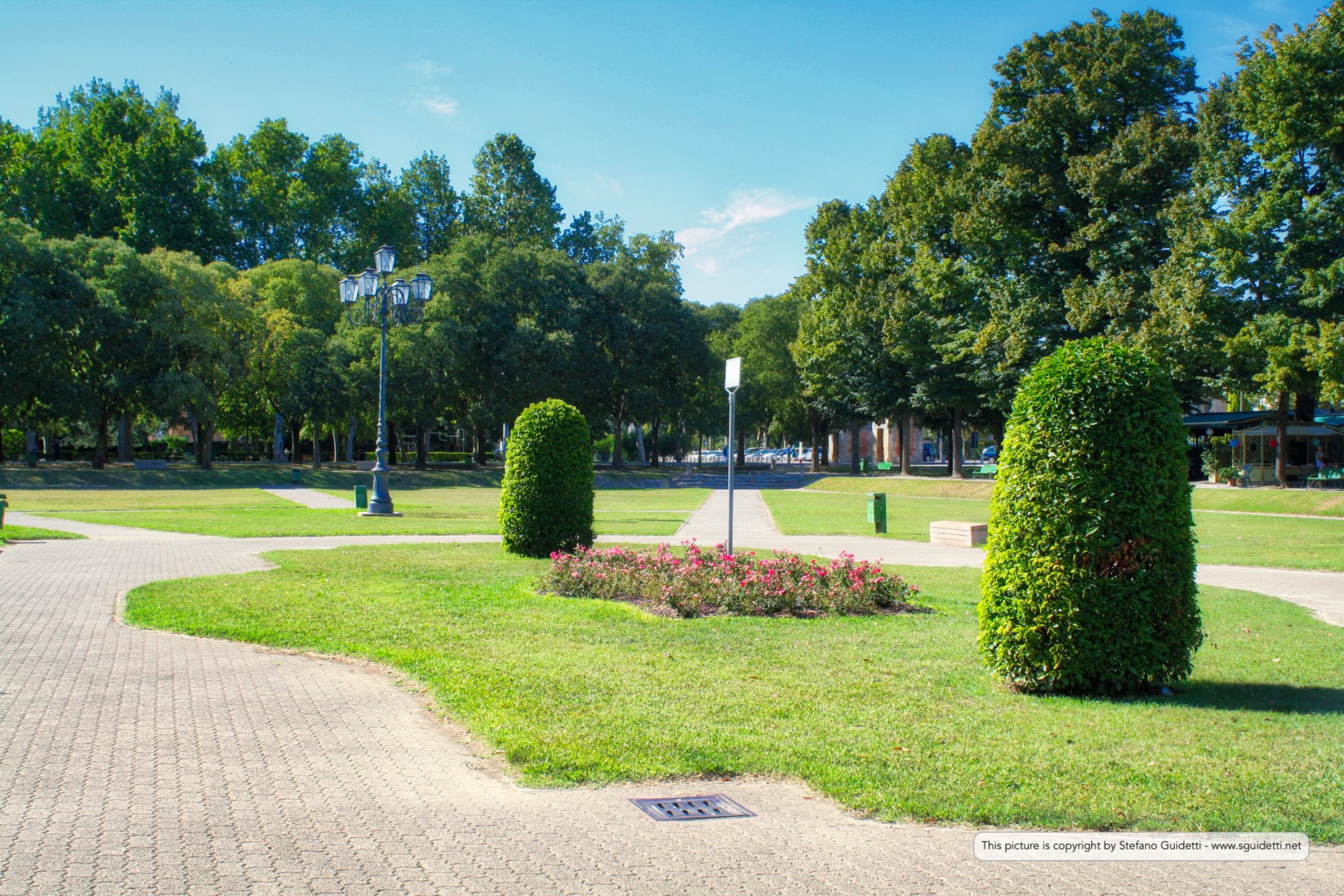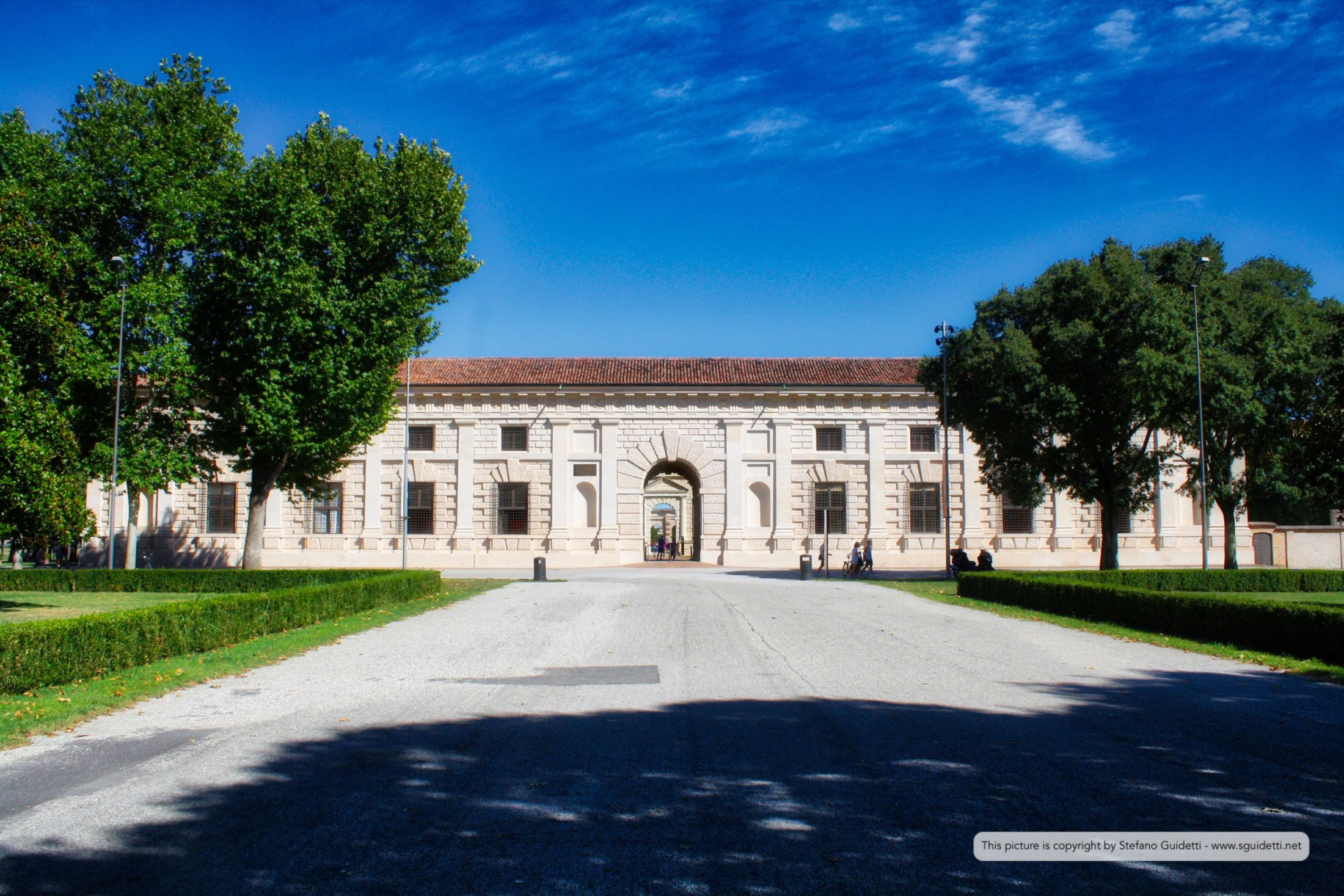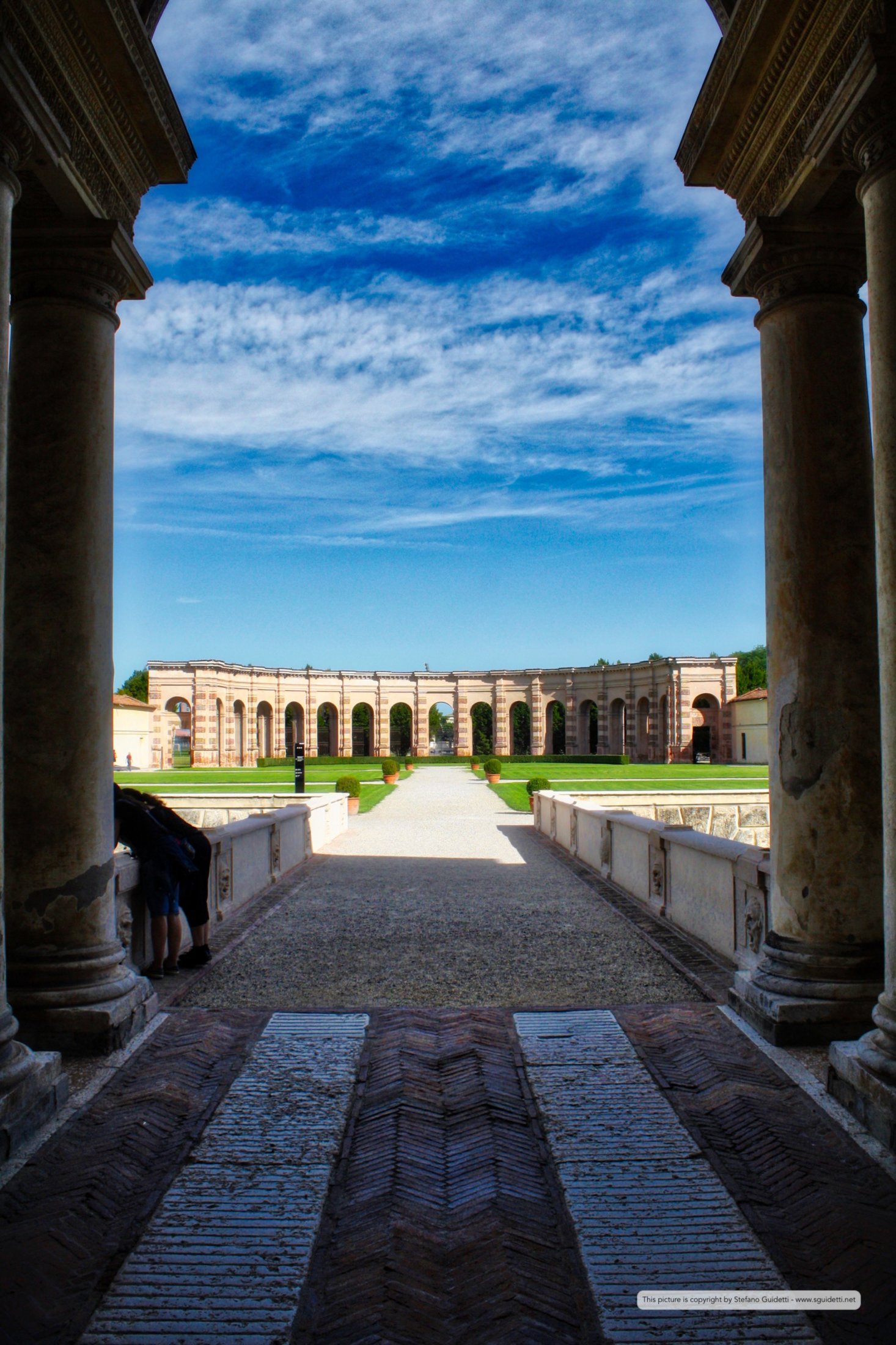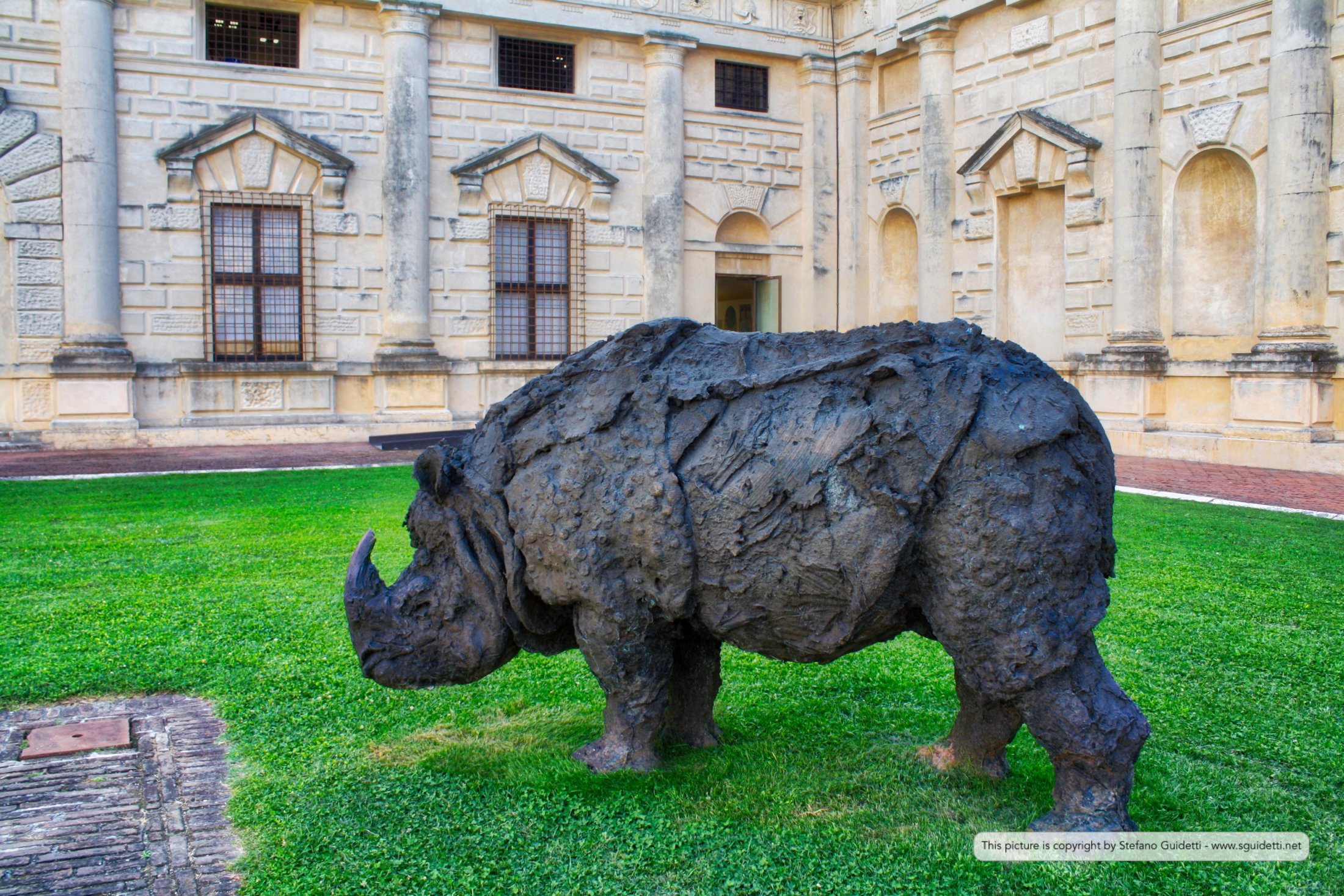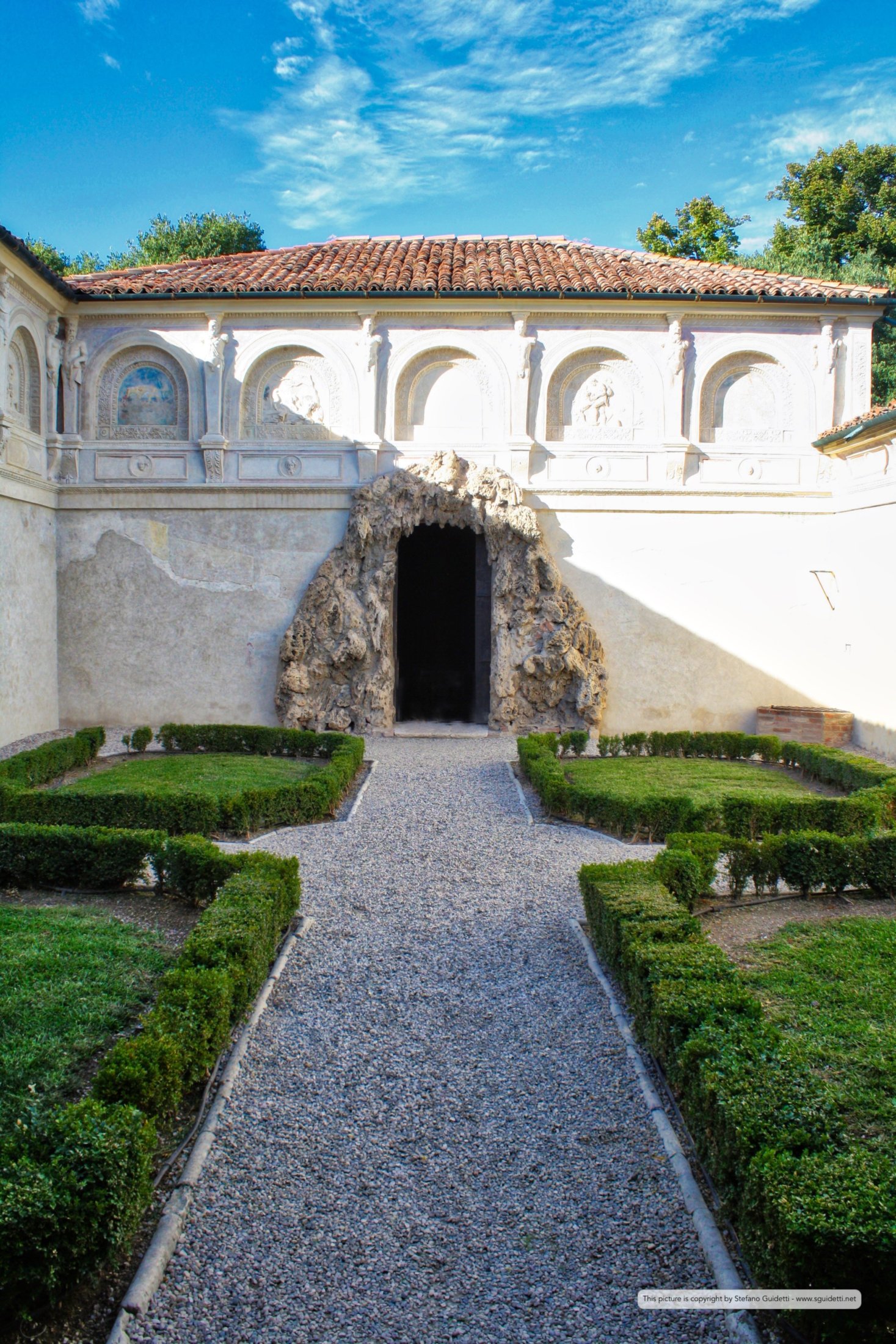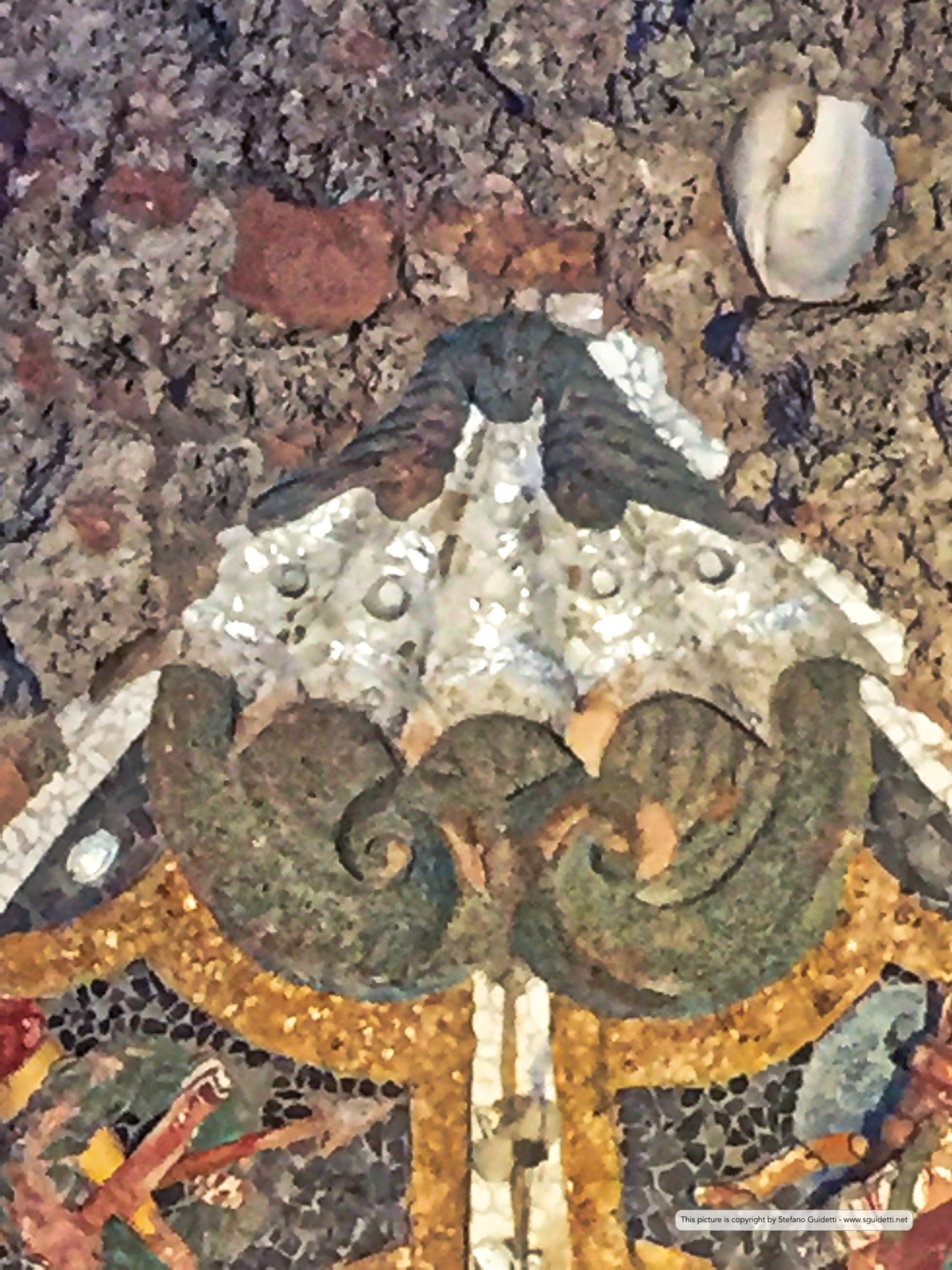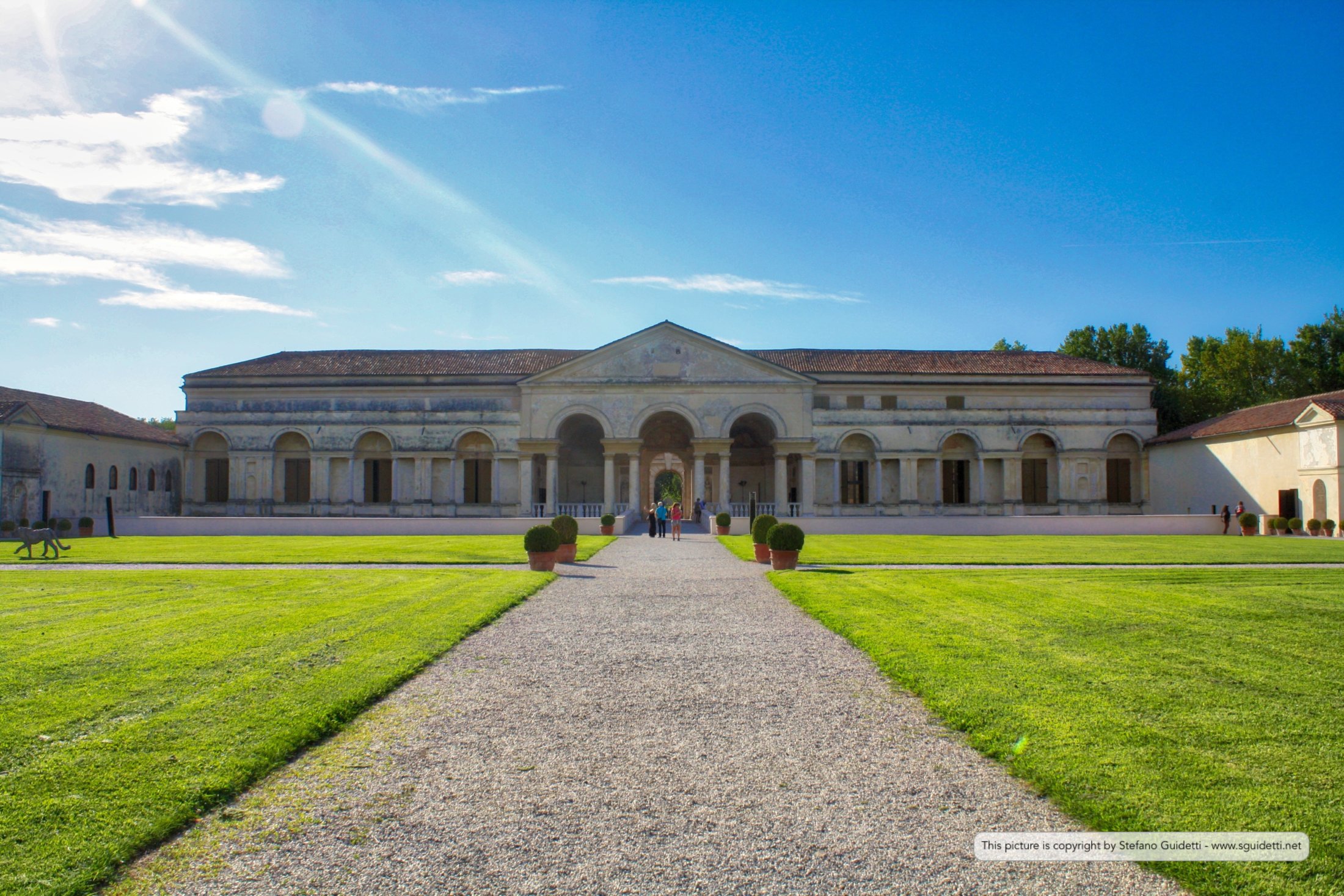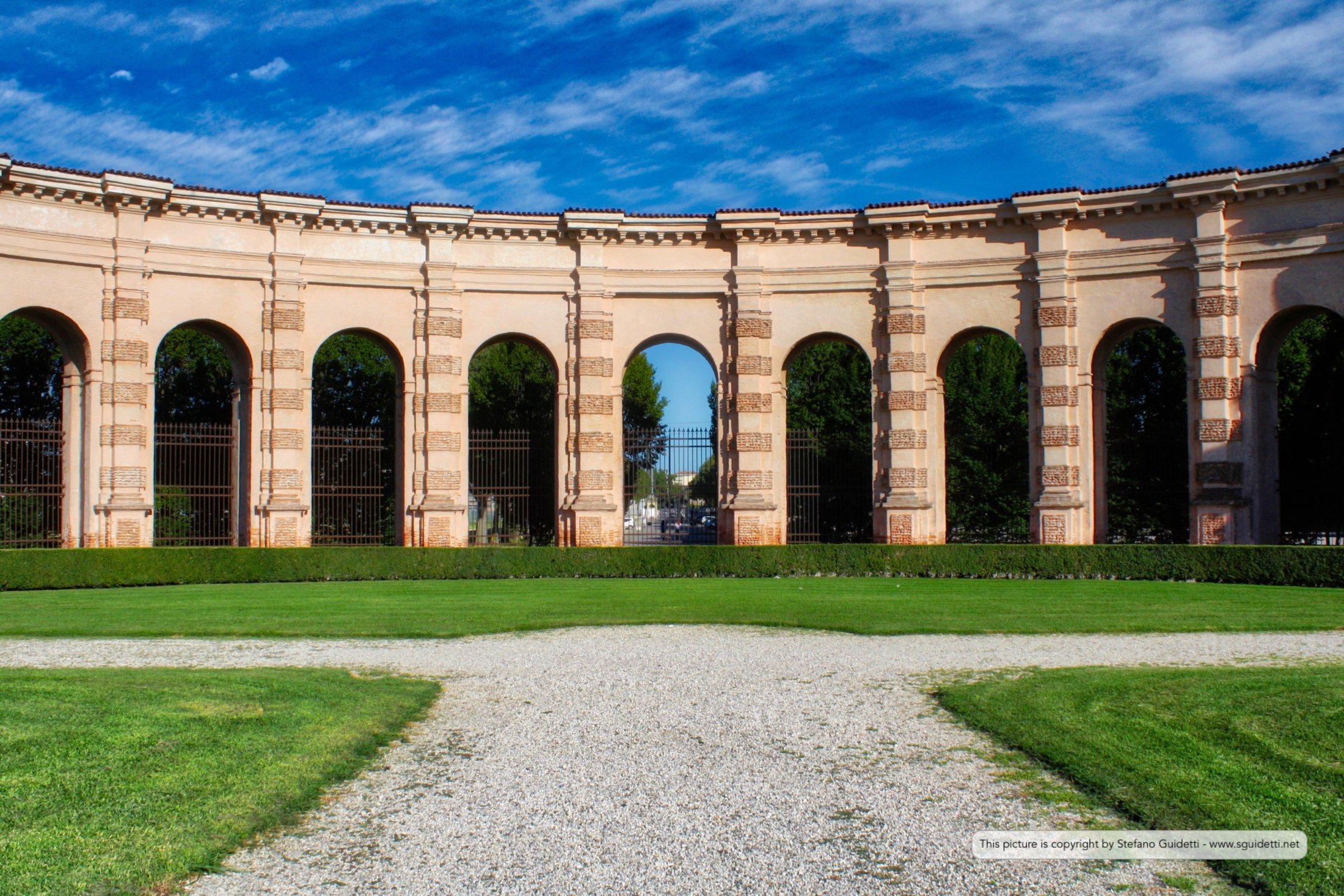Mantova
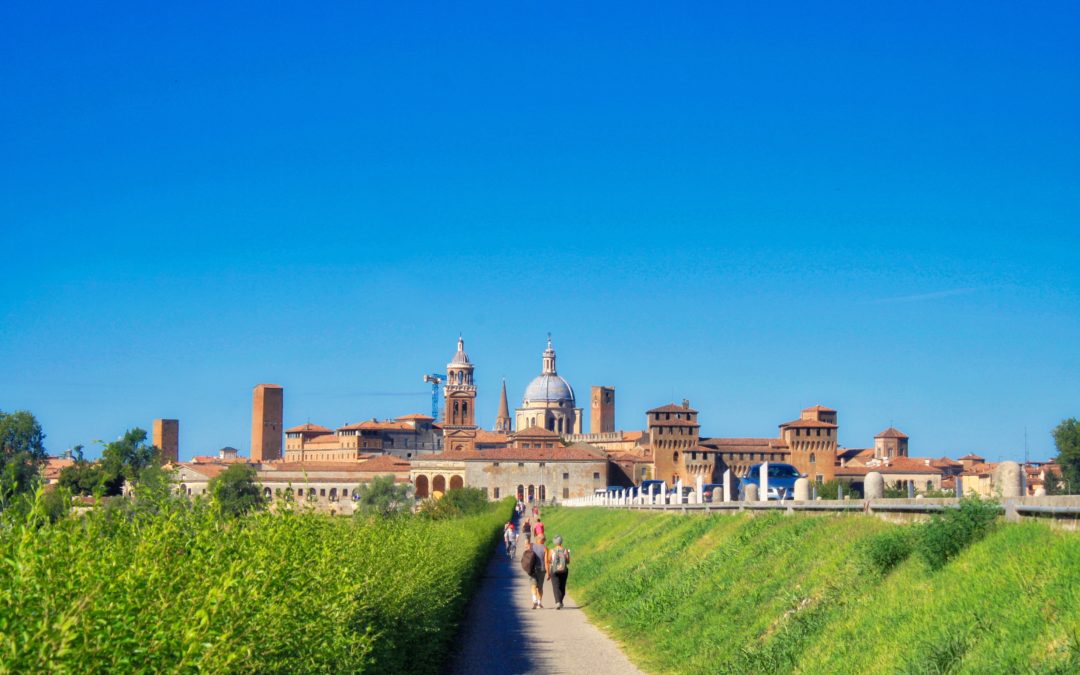
Mantova
Mantova
“Somewhere, in that totality known as the universe, is a galaxy called the Milky Way. Tucked into the corner of that galaxy is a planet named Earth. On that planet is a city called Mantua. Go straight ahead, past the fountain, turn right, then left, and right again. You’ll find yourself walking along the water, listening, as a man sings of his beloved’s unfaithful heart. And even the fish begin to weep. Quando La Donna è Mobile”. — The Doctor (ST:VOY).
Mantua (Italian: Mantova) is a city and comune in Lombardy, Italy, and capital of the province of the same name.
In 2016, Mantua became Italian Capital of Culture. In 2017, Mantua was the European Capital of Gastronomy, included in the Eastern Lombardy District (together with the cities of Bergamo, Brescia, and Cremona).
In 2007, Mantua’s centro storico (old town) and Sabbioneta were declared by UNESCO to be a World Heritage Site. Mantua’s historic power and influence under the Gonzaga family has made it one of the main artistic, cultural, and especially musical hubs of Northern Italy and the country as a whole. Mantua is noted for its significant role in the history of opera; the city is also known for its architectural treasures and artifacts, elegant palaces, and the medieval and Renaissance cityscape. It is the place where the composer Monteverdi premiered his opera L’Orfeo and where Romeo was banished in Shakespeare‘s play Romeo and Juliet. It is the nearest town to the birthplace of the Roman poet Virgil, who was commemorated by a statue at the lakeside park “Piazza Virgiliana”.
Mantua is surrounded on three sides by artificial lakes, created during the 12th century, as the city’s defence system. These lakes receive water from the Mincio River, a tributary of the Po River which descends from Lake Garda. The three lakes are called Lago Superiore, Lago di Mezzo, and Lago Inferiore (“Upper”, “Middle”, and “Lower” Lakes, respectively). A fourth lake, Lake Pajolo, which once served as a defensive water ring around the city, dried up at the end of the 18th century.
The area and its environs are important not only in naturalistic terms, but also anthropologically and historically; research has highlighted a number of human settlements scattered between Barche di Solferino and Bande di Cavriana, Castellaro and Isolone del Mincio. These dated, without interruption, from Neolithic times (5th–4th millennium BC) to the Bronze Age (2nd–1st millennium BC) and the Gallic phases (2nd–1st centuries BC), and ended with Roman residential settlements, which could be traced to the 3rd century AD.
In 2017, Legambiente ranked Mantua as the best Italian city for the quality of the life and environment.
source: Wikipedia

All pictures and images on this site (except where explicitly stated) are ©2025 Stefano Guidetti.
Some content taken from Wikipedia (see attribution at the bottom of the post/page).
Some graphics for the home page and pages header taken from Pixabay.
If you would like to reuse any of my pictures, please contact me at info@sguidetti.net
On this site we do not use profiling cookies or third parties cookies.
We do, however, use technical cookies functional to to the fruition of this site.
About me
Stefano Guidetti
Very picky IT Manager, Web Developer, Web Designer and (very) amateur photographer.
Currently employed in the educational field, working for the Italian Ministry of Education, University and Research.
(please note: social profiles are in Italian language only)
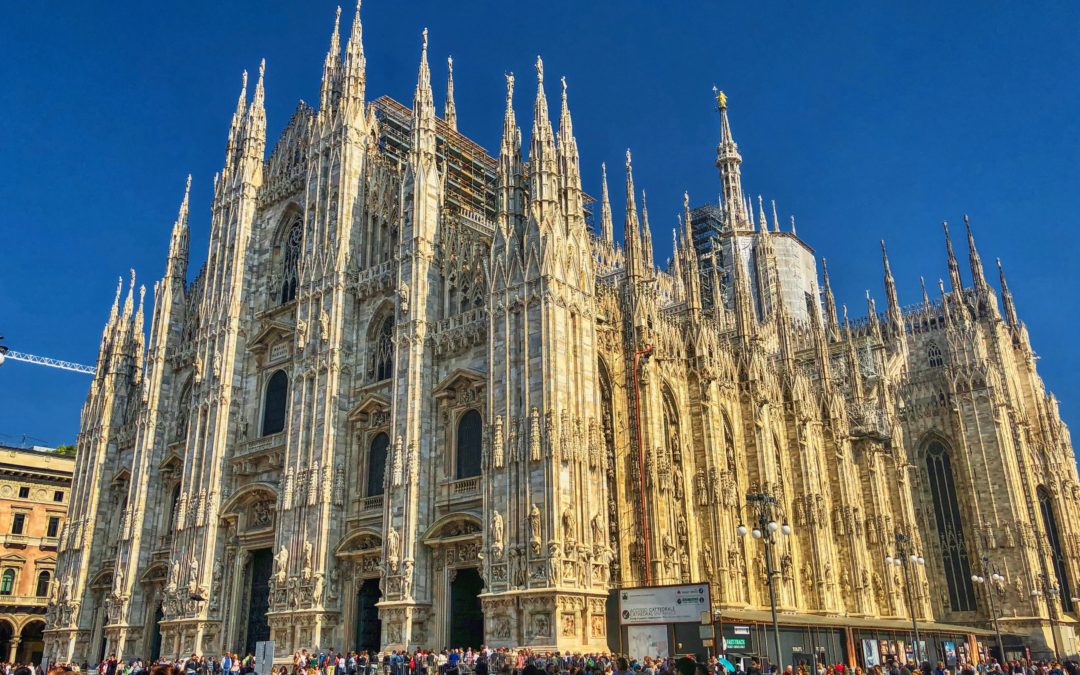
Milan
Milan
“Milan is a true metropolis: strong and fearless but welcoming, too. Little by little, I came to realize that I could become someone here.” — Giorgio Armani.
Milan is a city in northern Italy, capital of Lombardy, and the second-most populous city in Italy after Rome, with the city proper having a population of 1,372,810 while its metropolitan area has a population of 3,242,820. Its continuously built-up urban area (that stretches beyond the boundaries of the Metropolitan City of Milan) has a population estimated to be about 5,270,000 over 1,891 square kilometres (730 square miles). The wider Milan metropolitan area, known as Greater Milan, is a polycentric metropolitan region that extends over central Lombardy and eastern Piedmont and which counts an estimated total population of 7.5 million, making it by far the largest metropolitan area in Italy and the 54th largest in the world. Milan served as capital of the Western Roman Empire from 286 to 402 and the Duchy of Milan during the medieval period and early modern age.
Milan is considered a leading alpha global city, with strengths in the field of the art, commerce, design, education, entertainment, fashion, finance, healthcare, media, services, research and tourism. Its business district hosts Italy’s stock exchange and the headquarters of national and international banks and companies. In terms of GDP, it has the third-largest economy among European cities after Paris and London, but the fastest in growth among the three, and is the wealthiest among European non-capital cities. Milan is considered part of the Blue Banana and one of the “Four Motors for Europe“.
The city has been recognized as the world’s fashion and the design capital thanks to several international events and fairs, including Milan Fashion Week and the Milan Furniture Fair, which are currently among the world’s biggest in terms of revenue, visitors and growth. It hosted the Universal Exposition in 1906 and 2015. The city hosts numerous cultural institutions, academies and universities, with 11% of the national total enrolled students. Milan is the destination of 8 million overseas visitors every year, attracted by its museums and art galleries that boast some of the most important collections in the world, including major works by Leonardo da Vinci. The city is served by a large number of luxury hotels and is the fifth-most starred in the world by Michelin Guide.
source: Wikipedia

All pictures and images on this site (except where explicitly stated) are ©2025 Stefano Guidetti.
Some content taken from Wikipedia (see attribution at the bottom of the post/page).
Some graphics for the home page and pages header taken from Pixabay.
If you would like to reuse any of my pictures, please contact me at info@sguidetti.net
On this site we do not use profiling cookies or third parties cookies.
We do, however, use technical cookies functional to to the fruition of this site.
About me
Stefano Guidetti
Very picky IT Manager, Web Developer, Web Designer and (very) amateur photographer.
Currently employed in the educational field, working for the Italian Ministry of Education, University and Research.
(please note: social profiles are in Italian language only)
